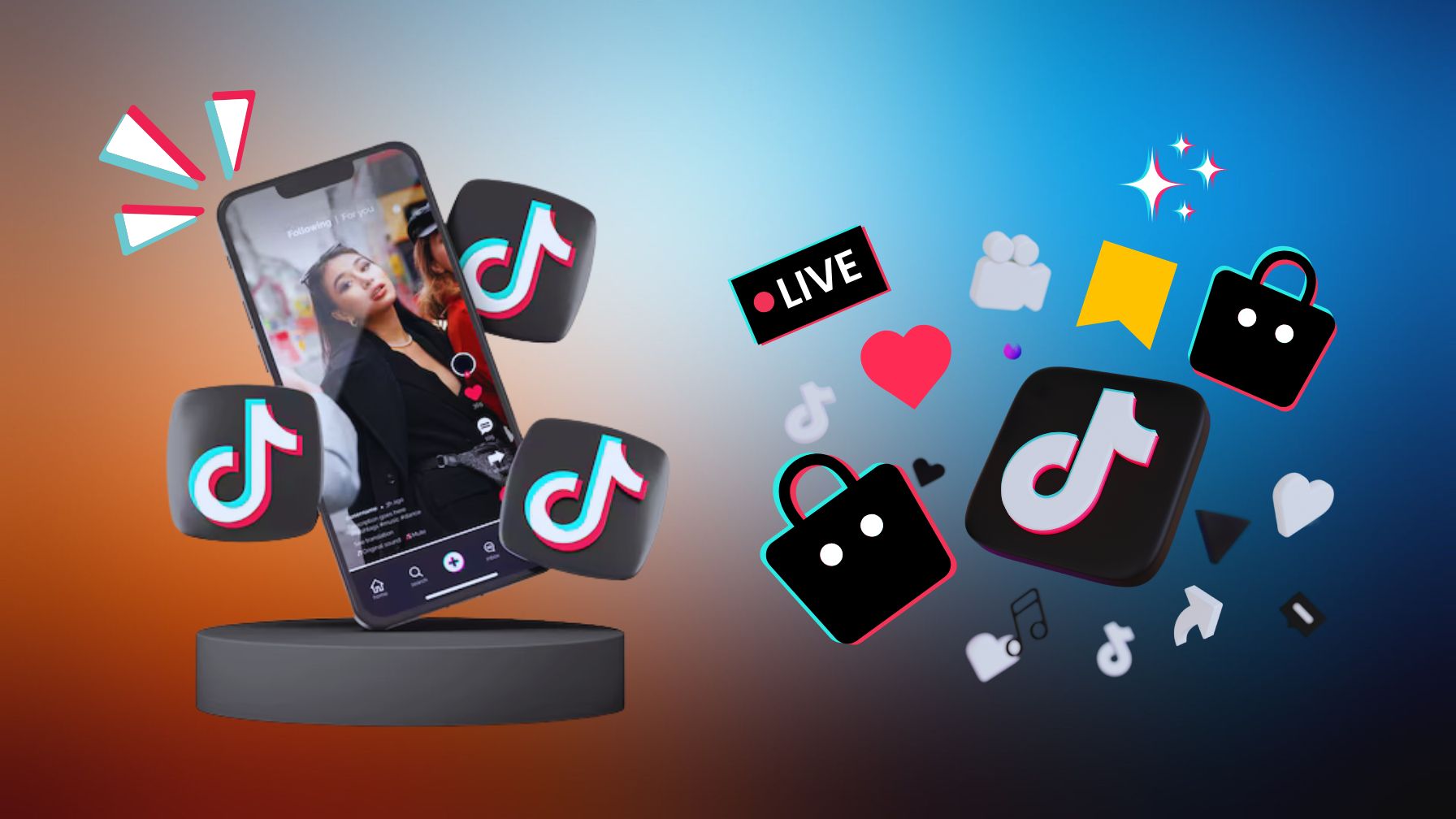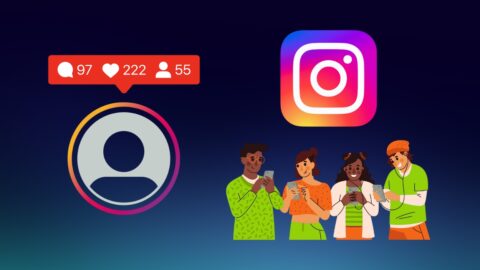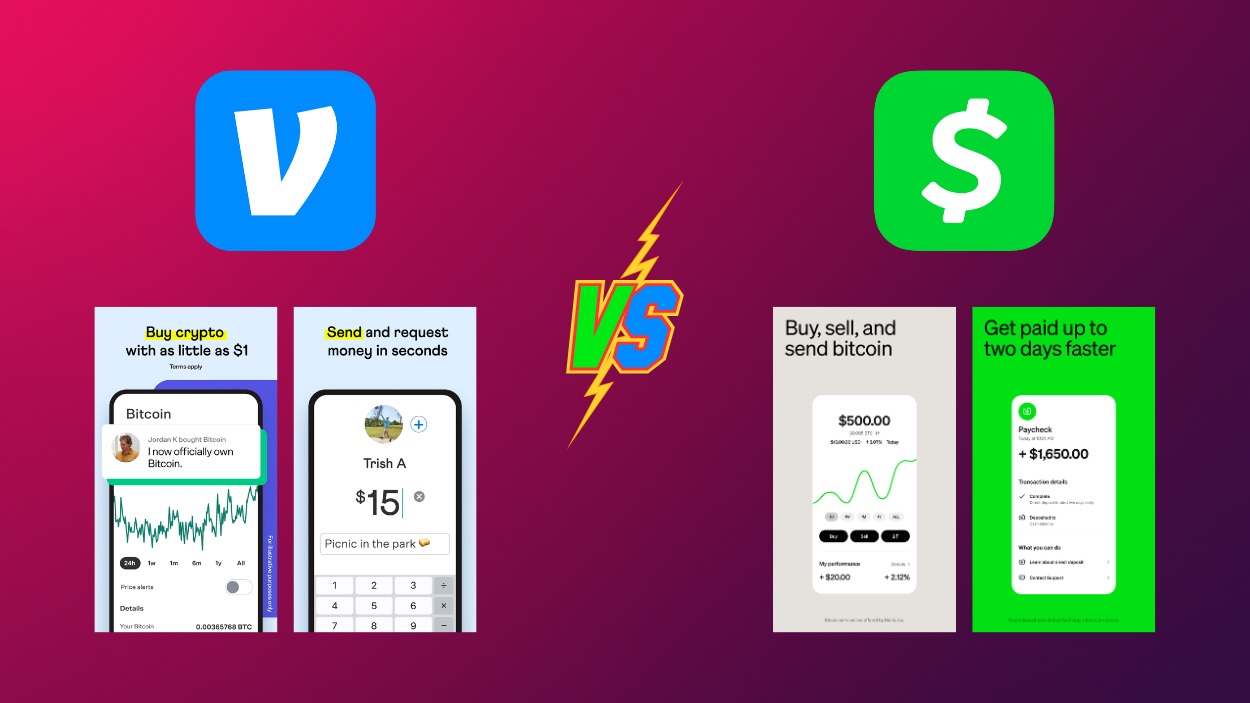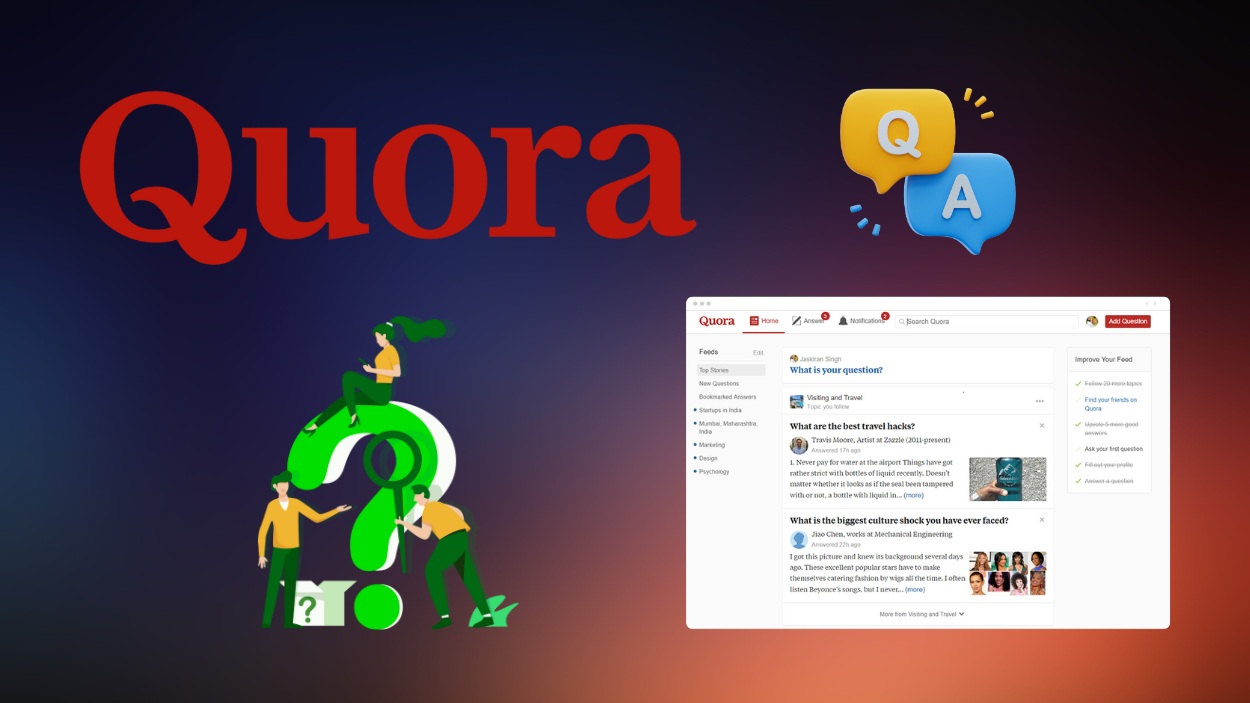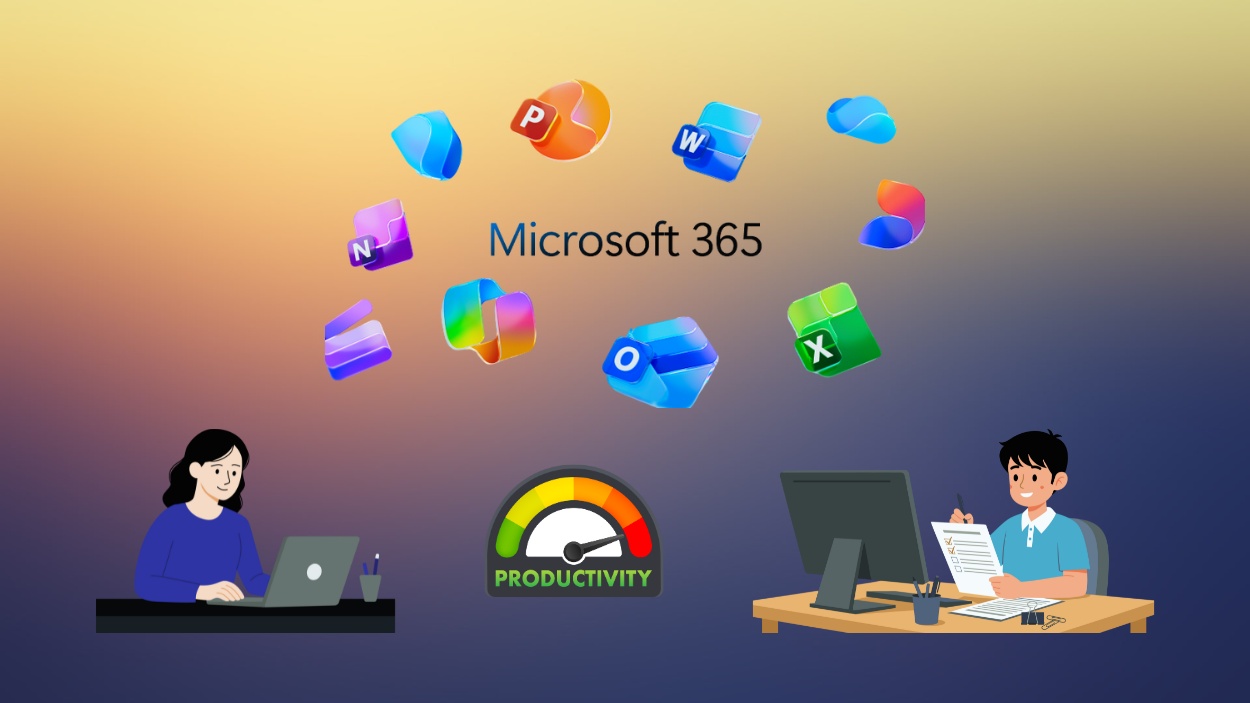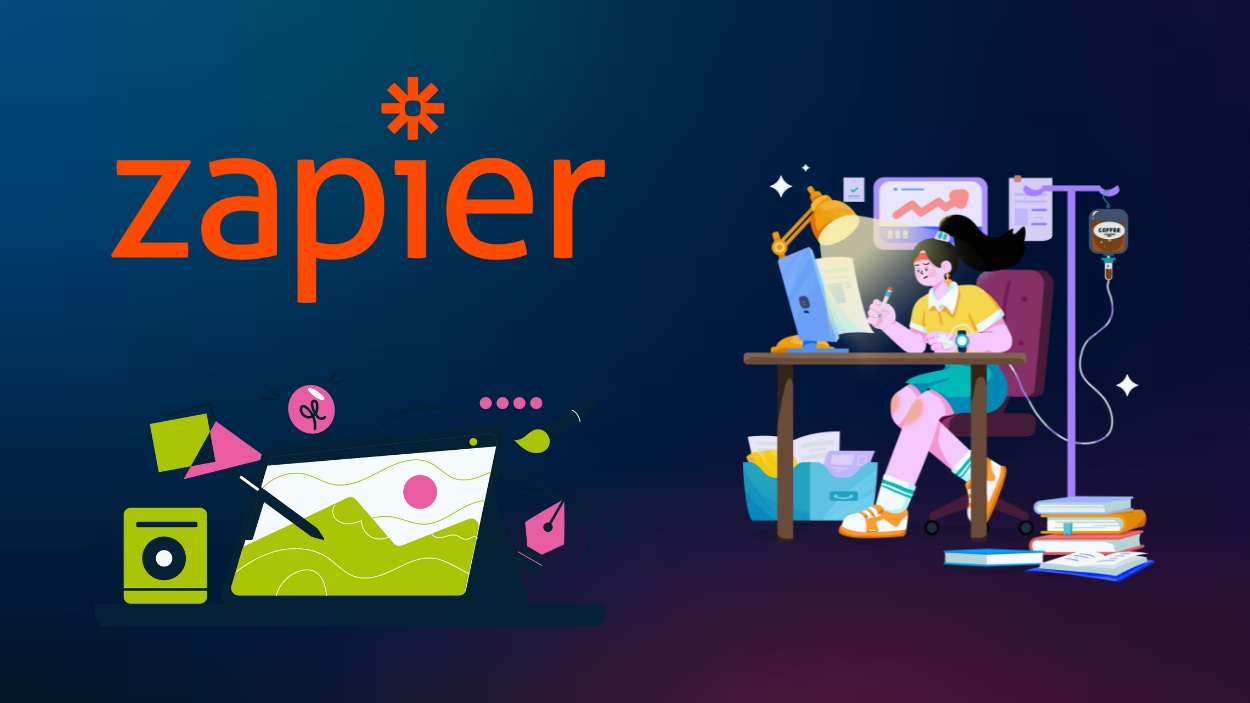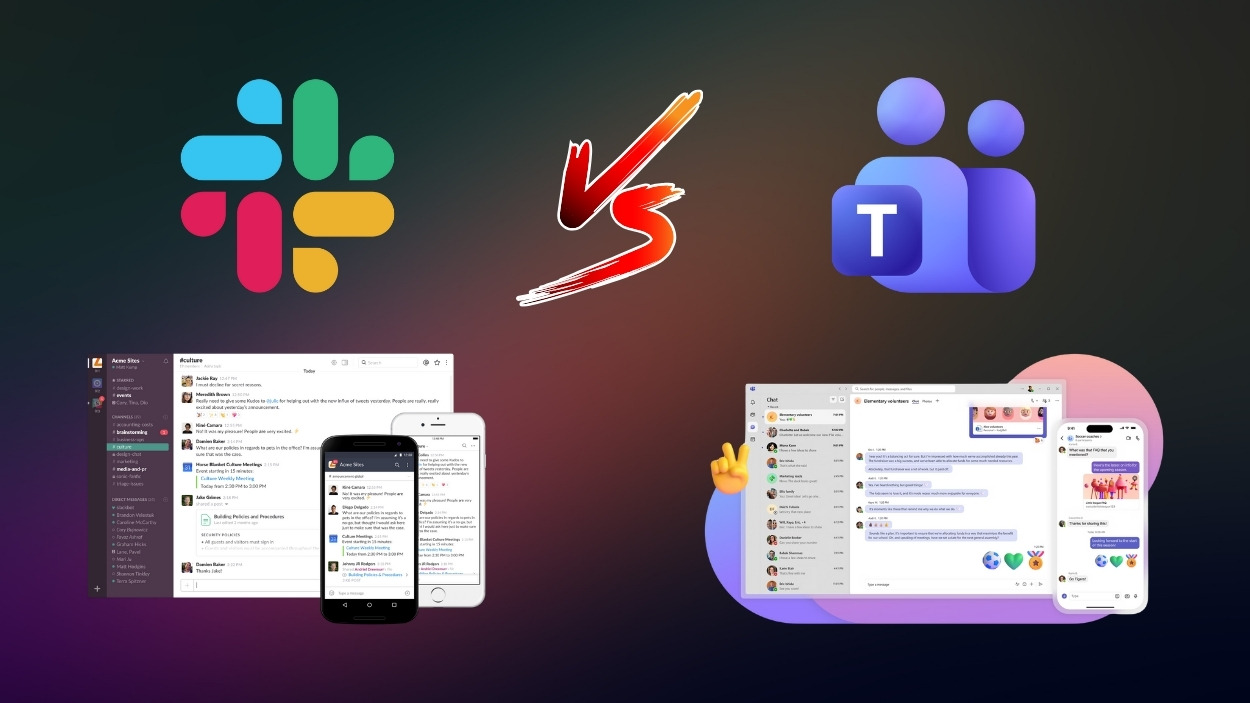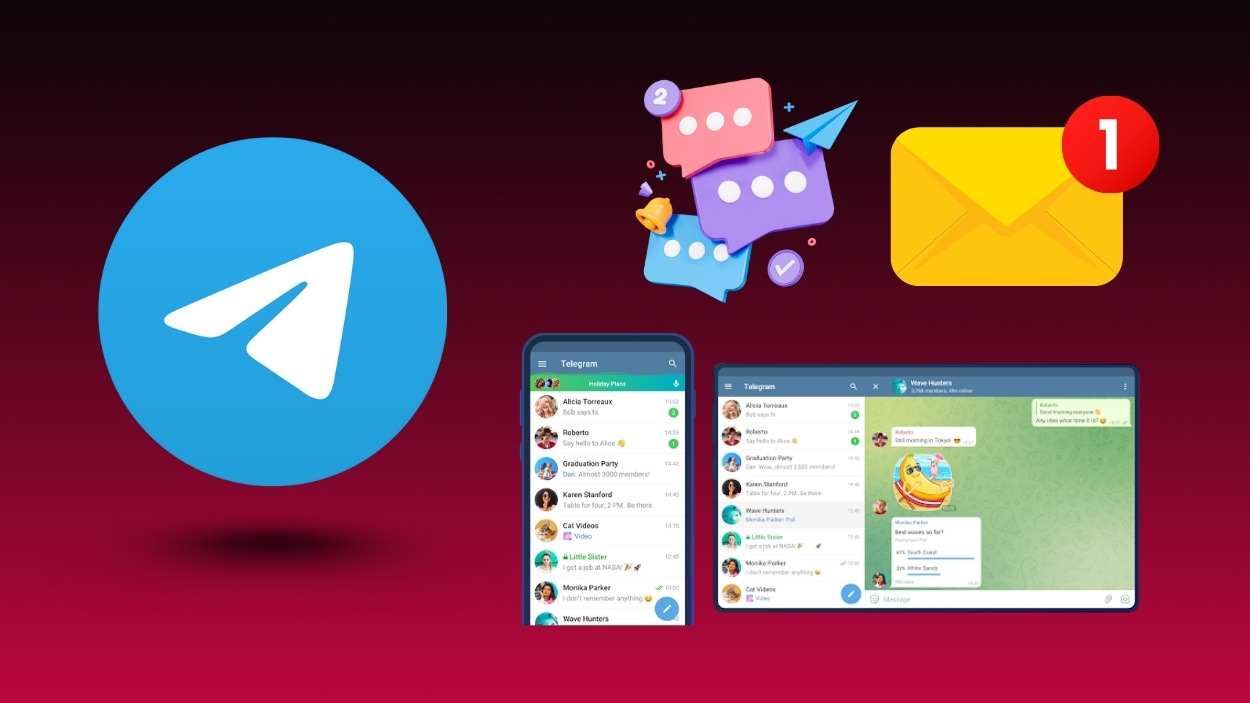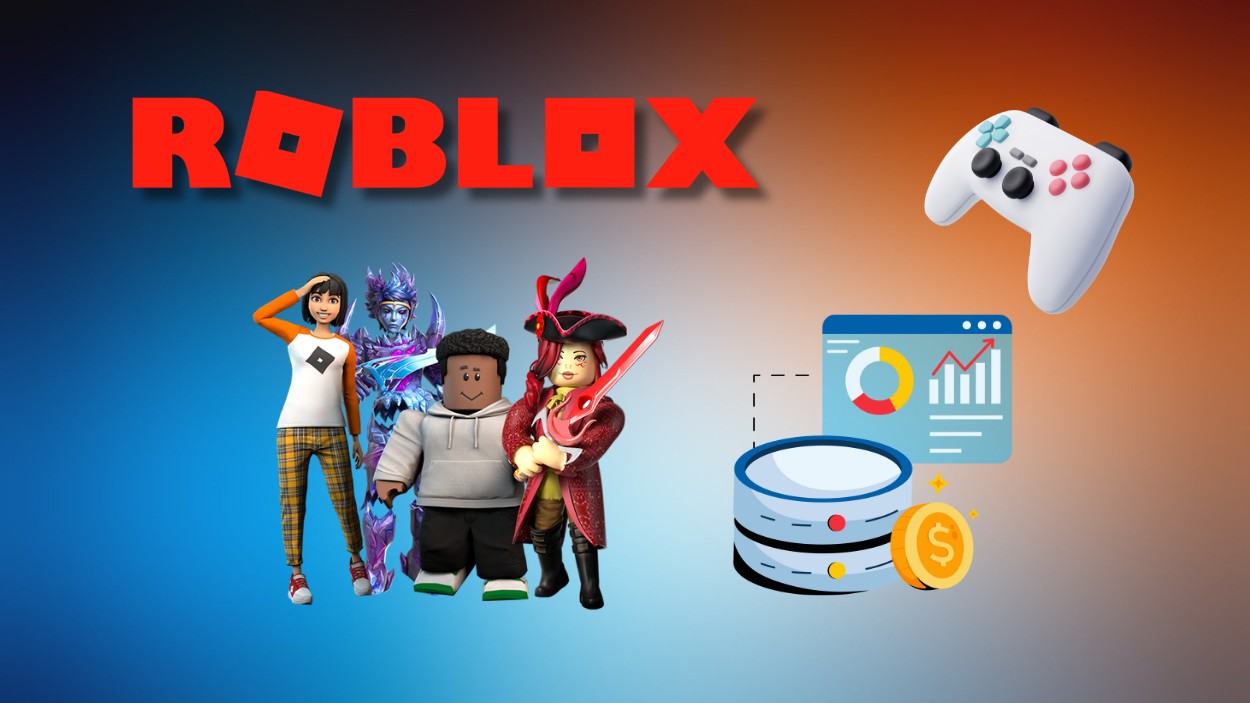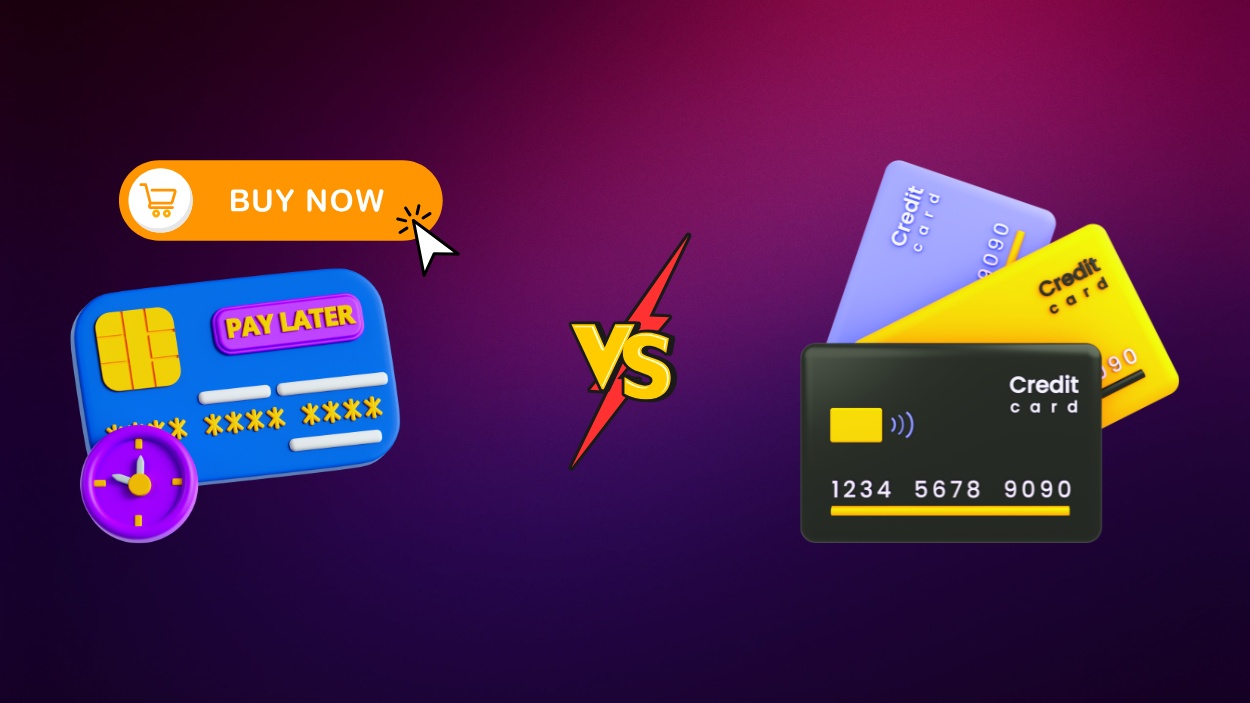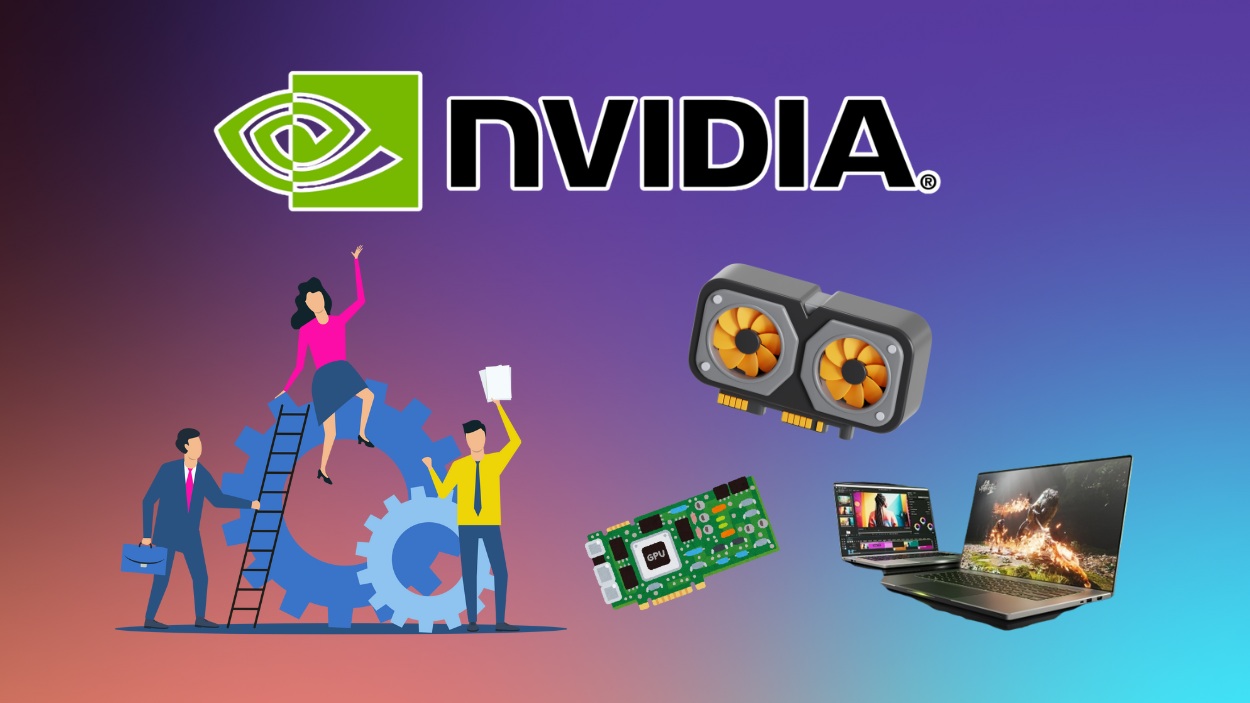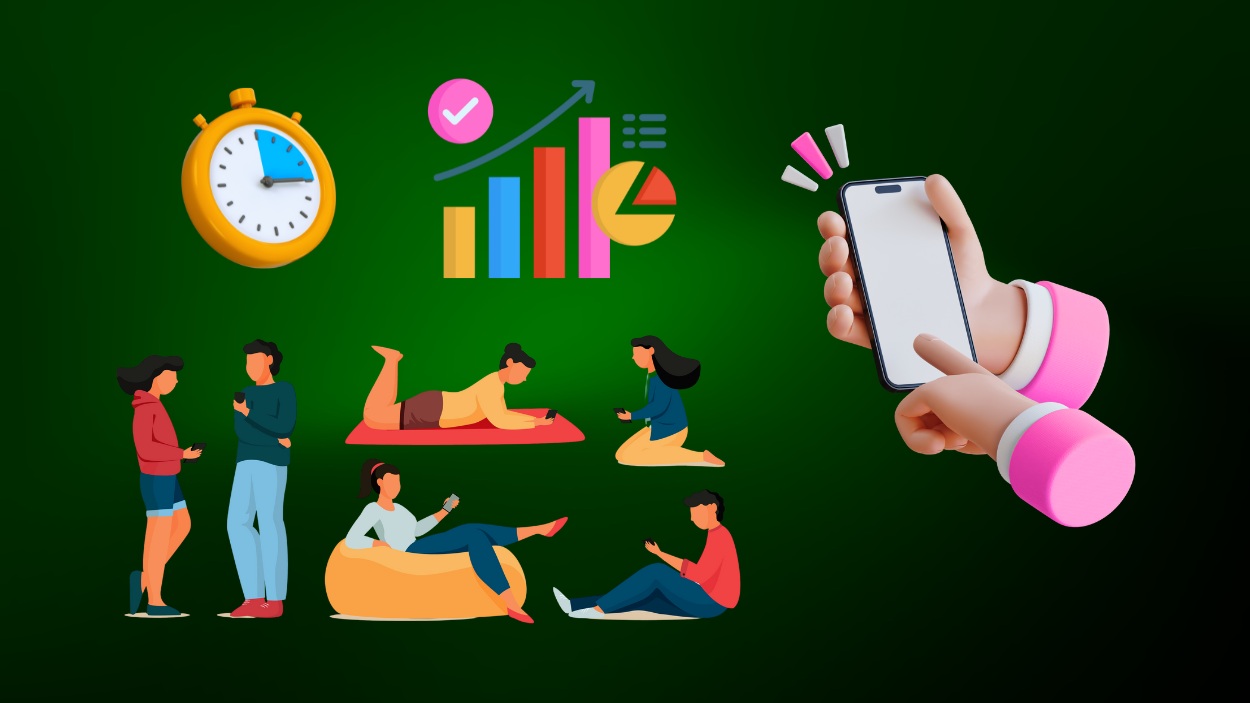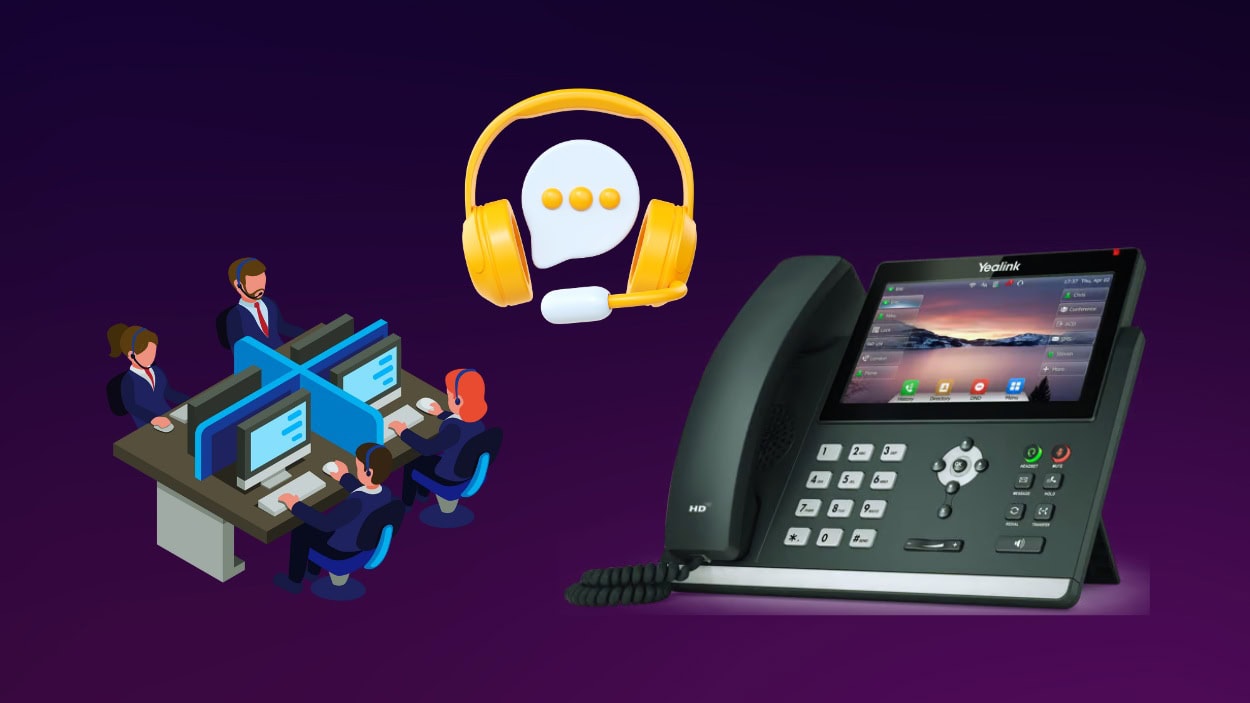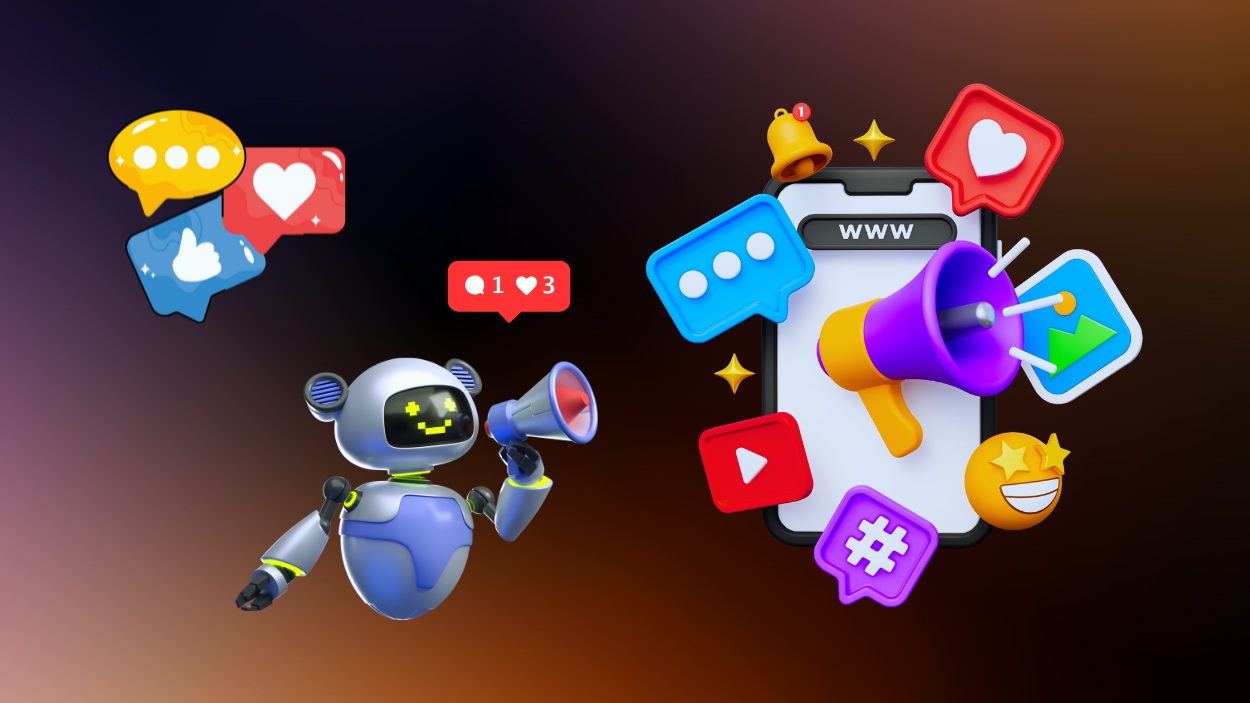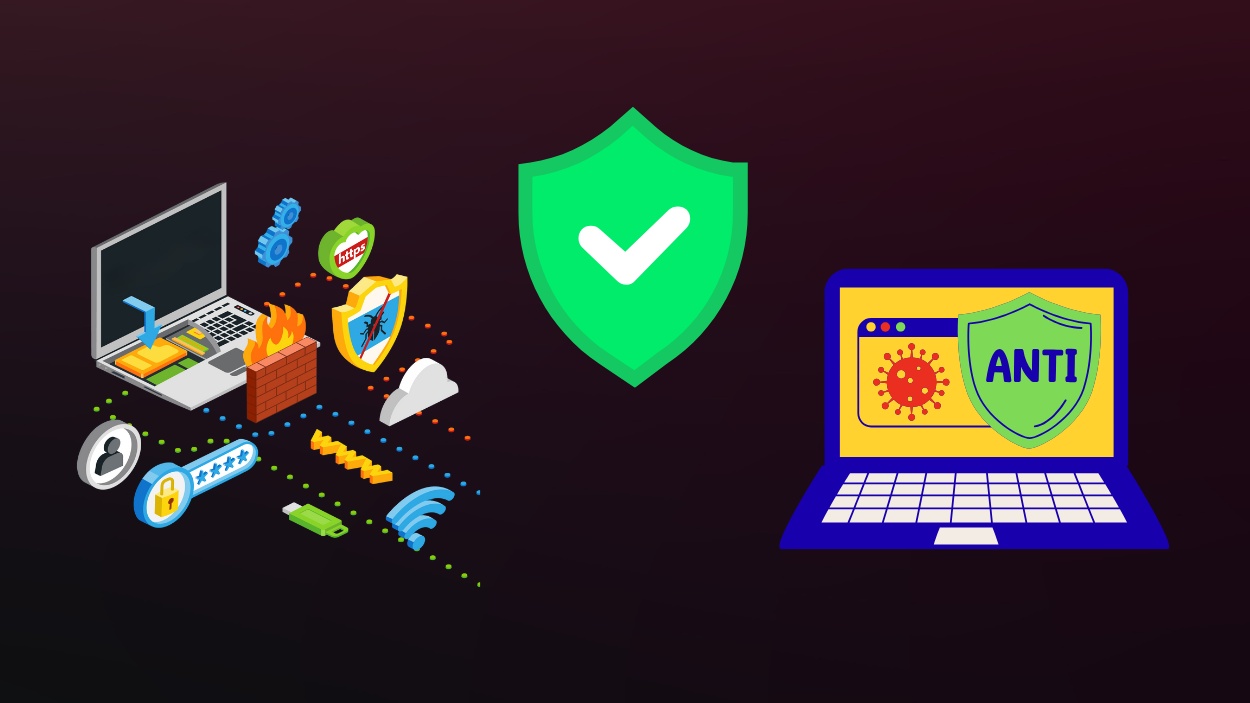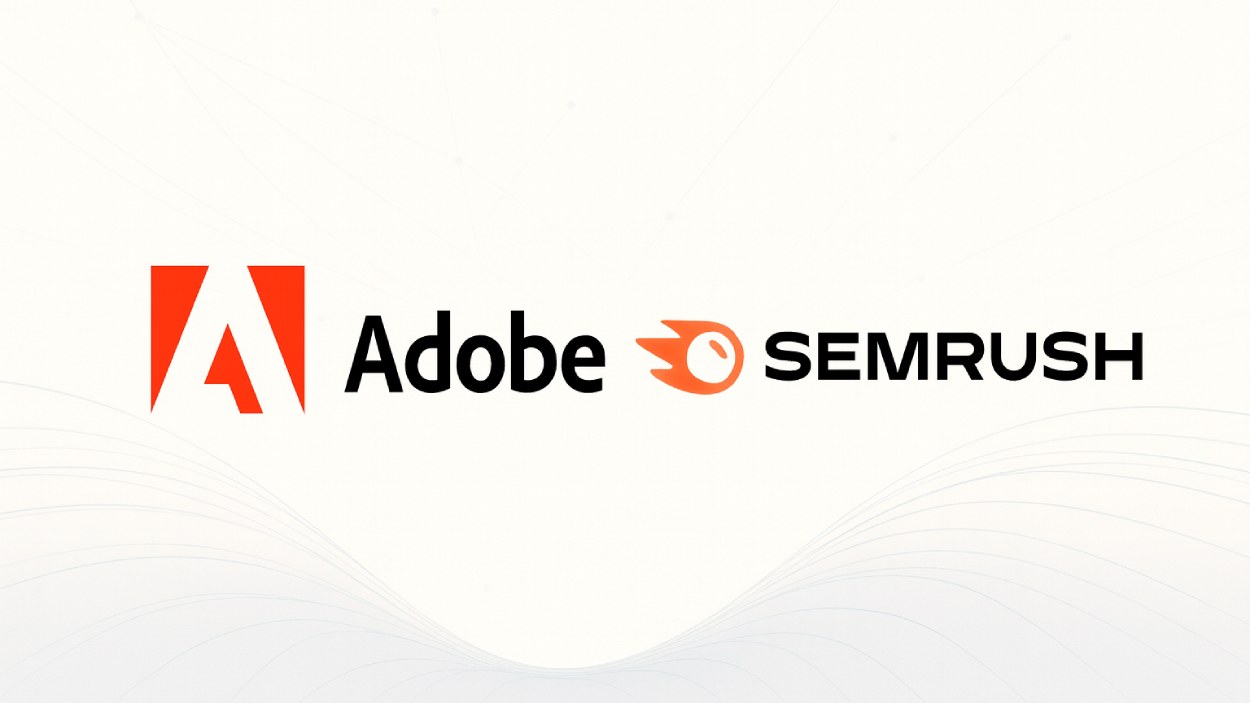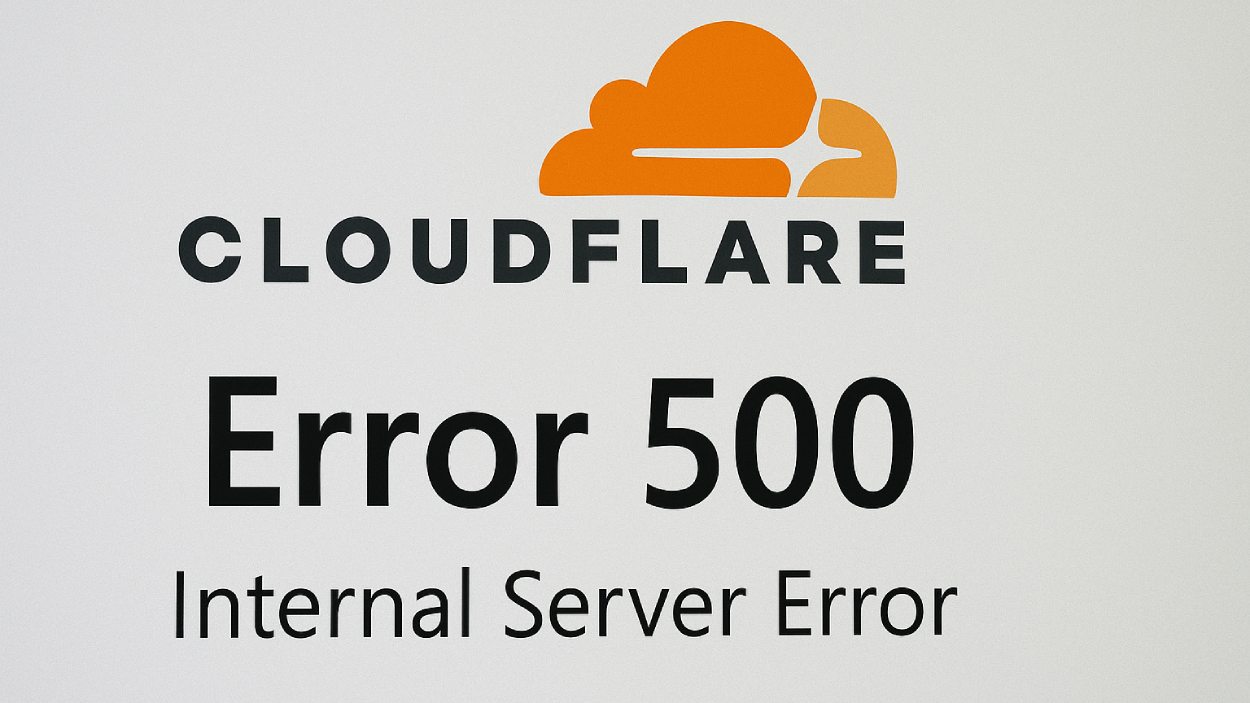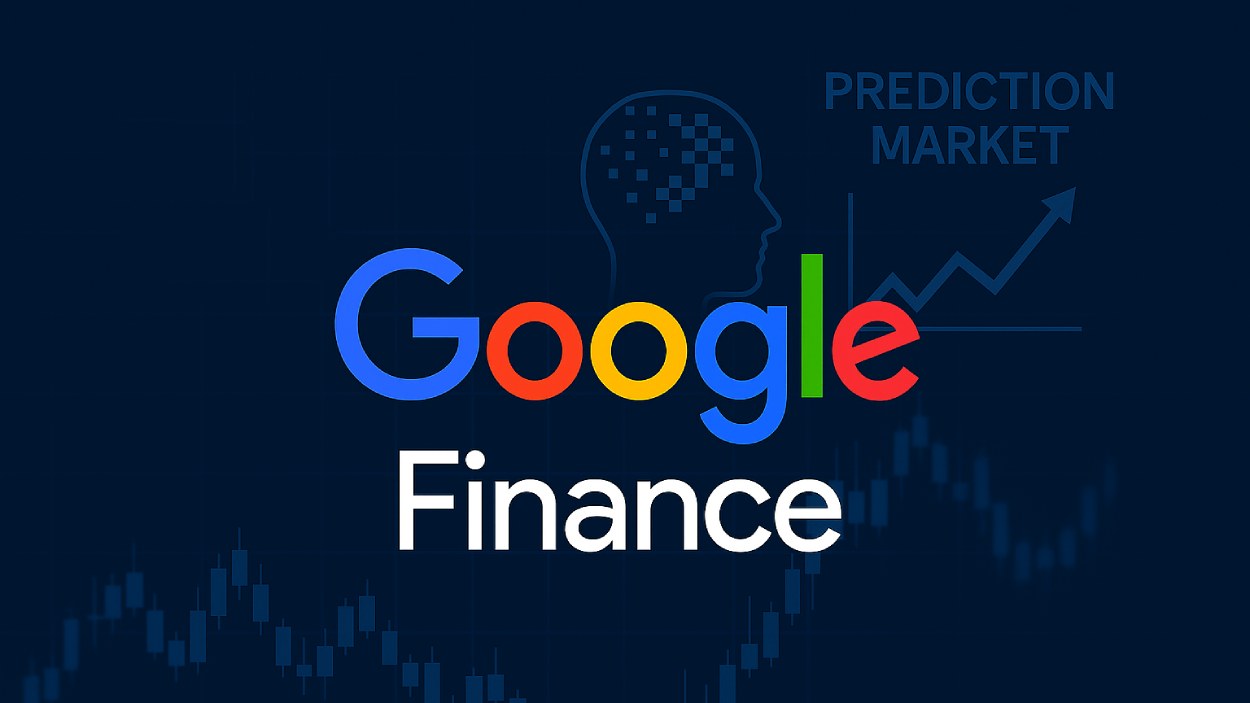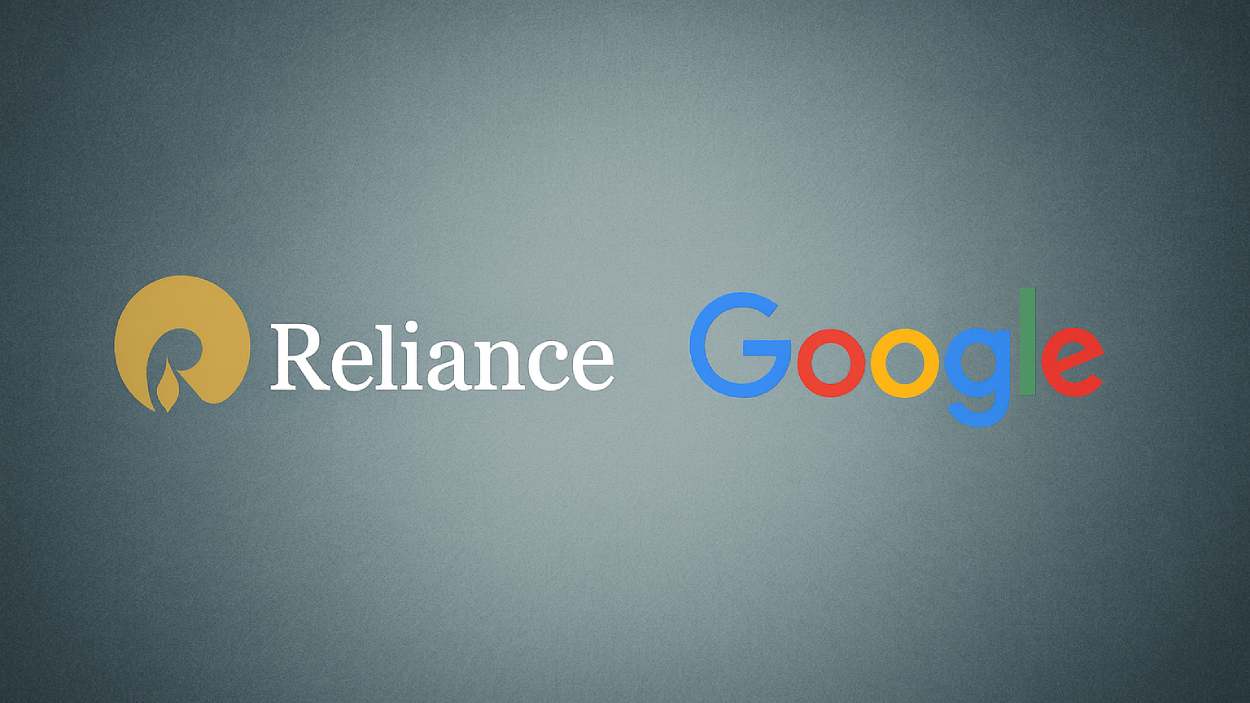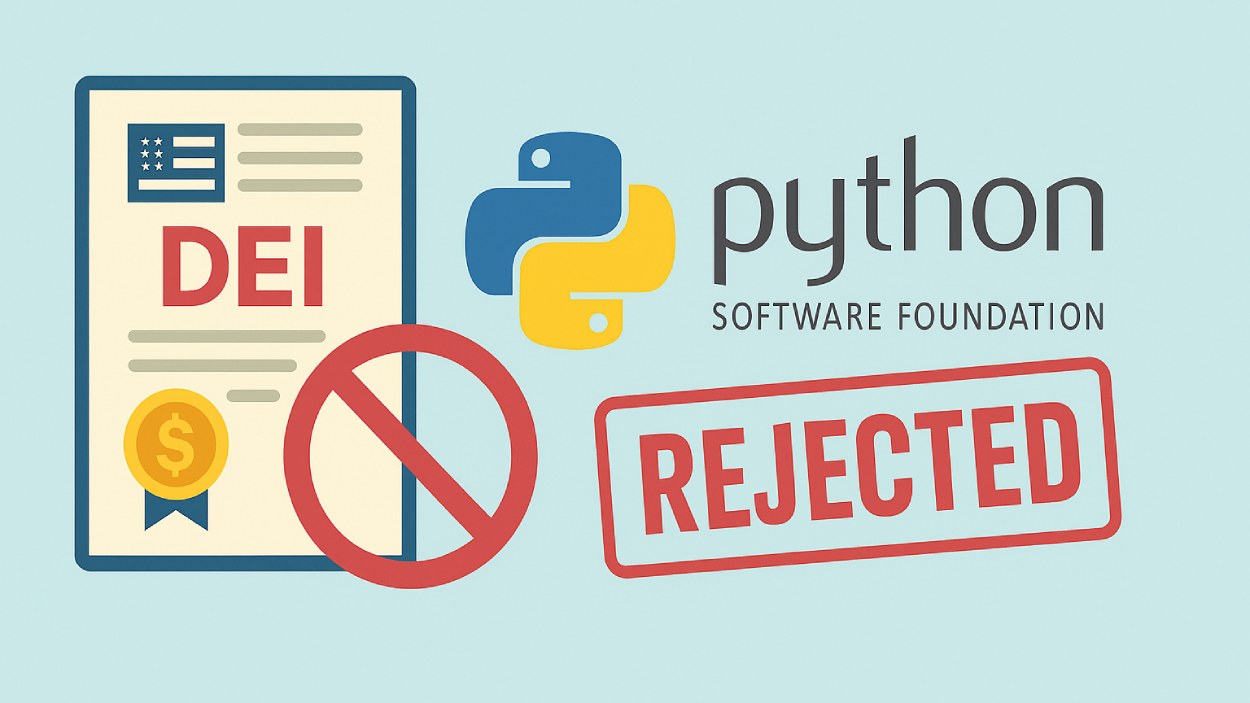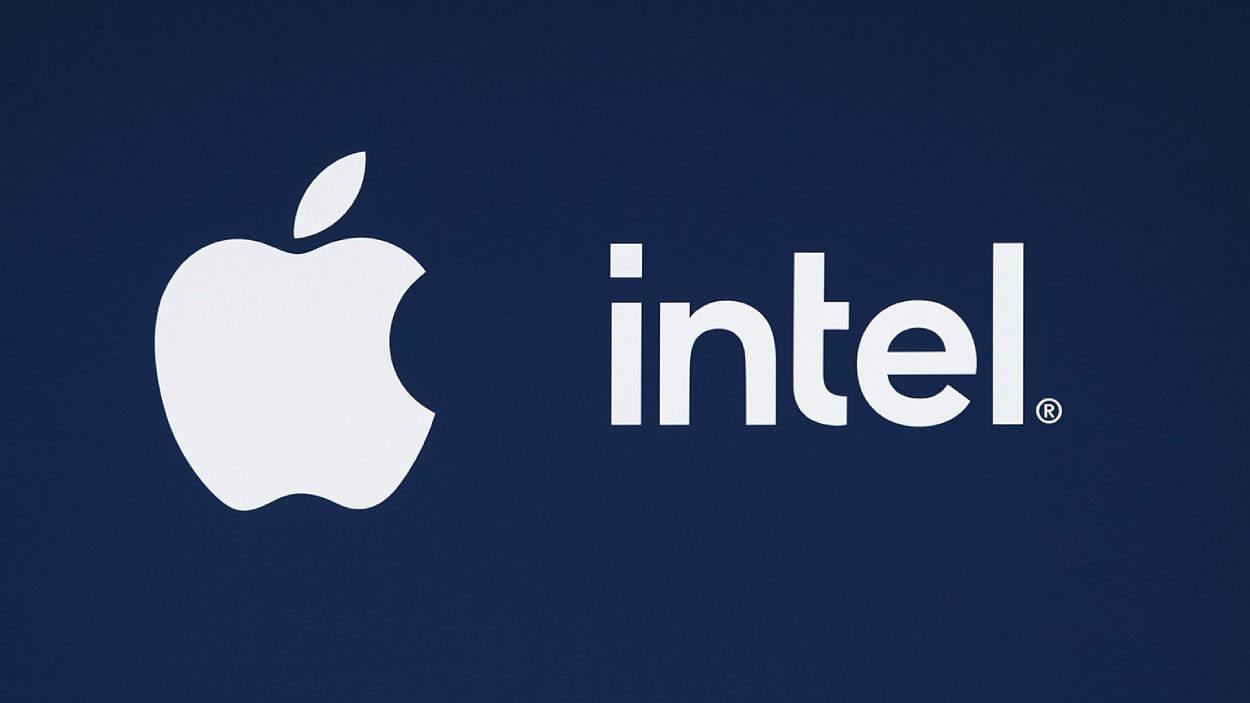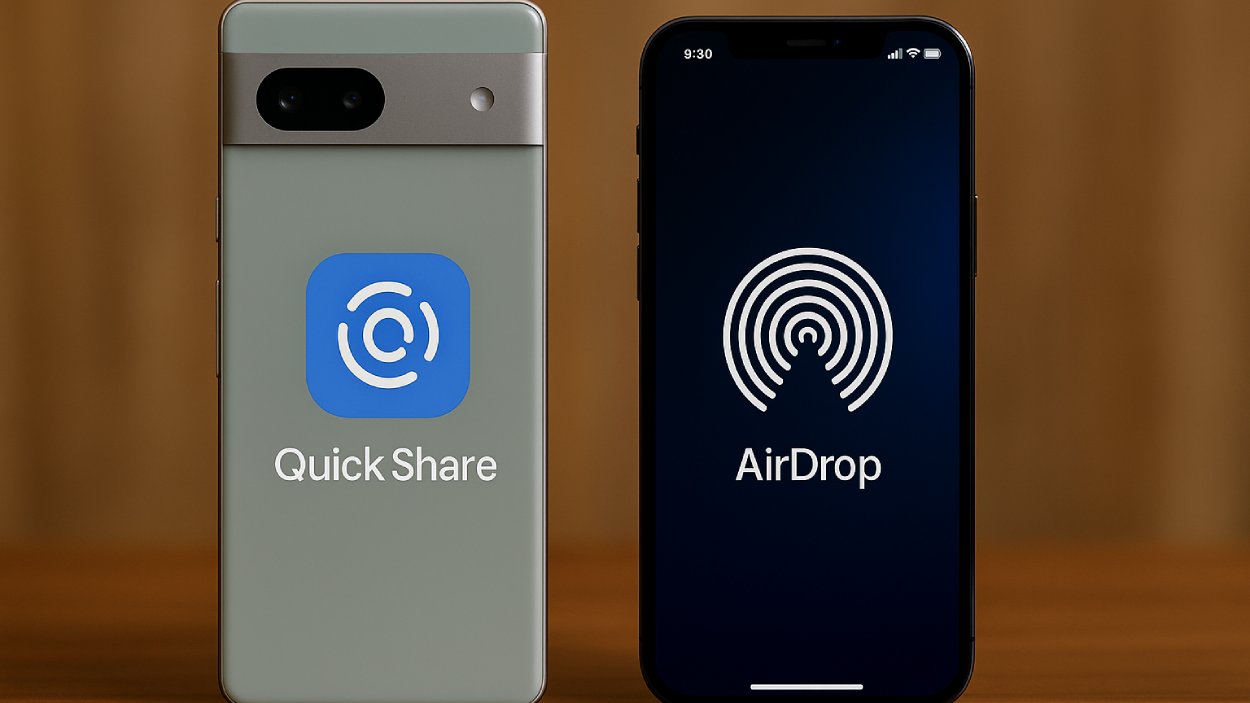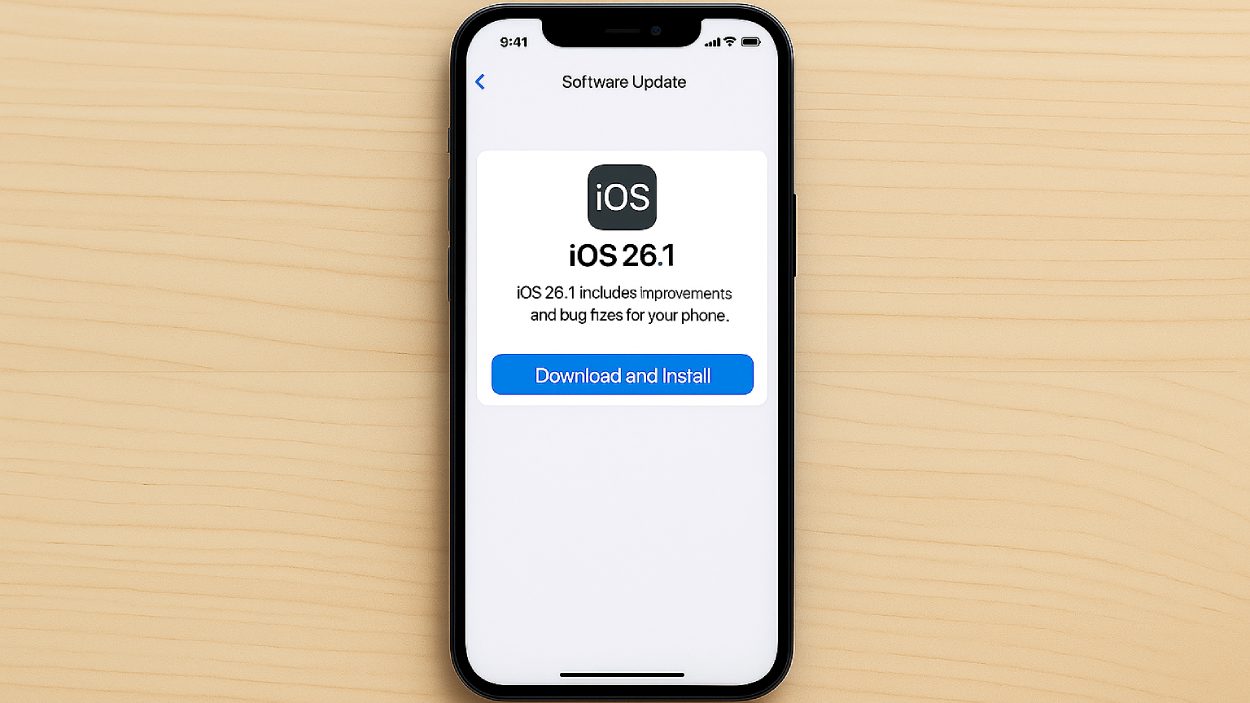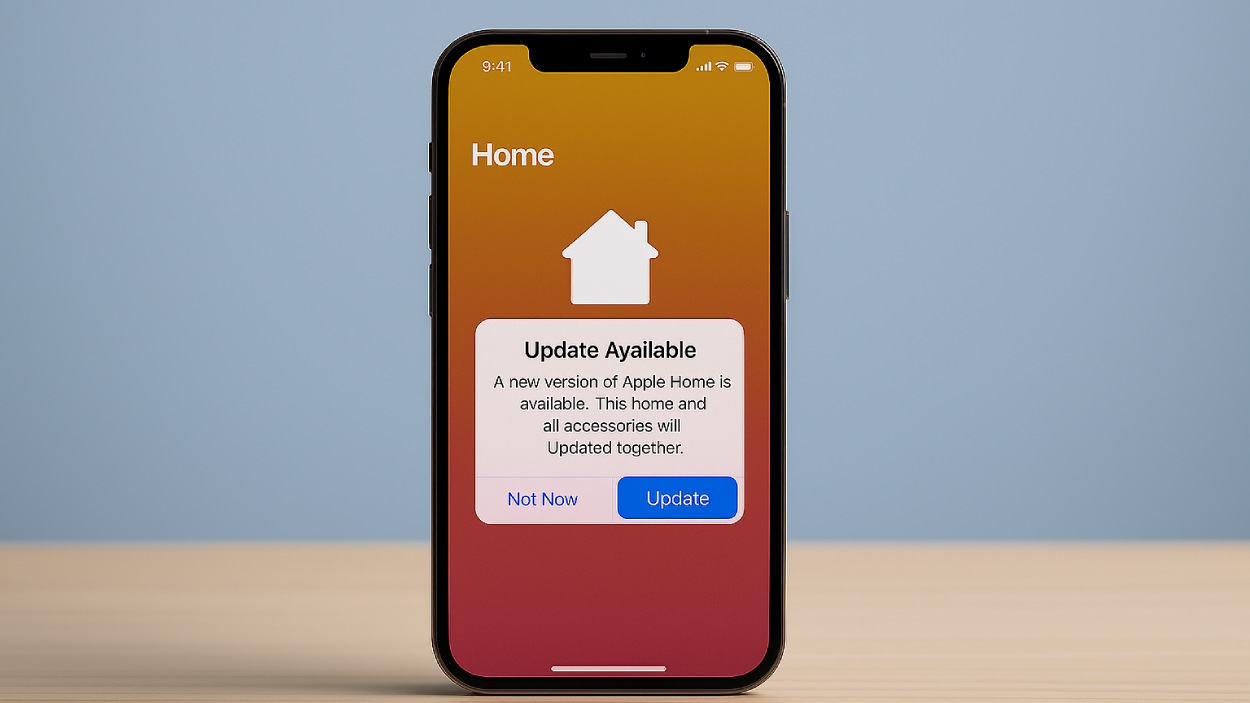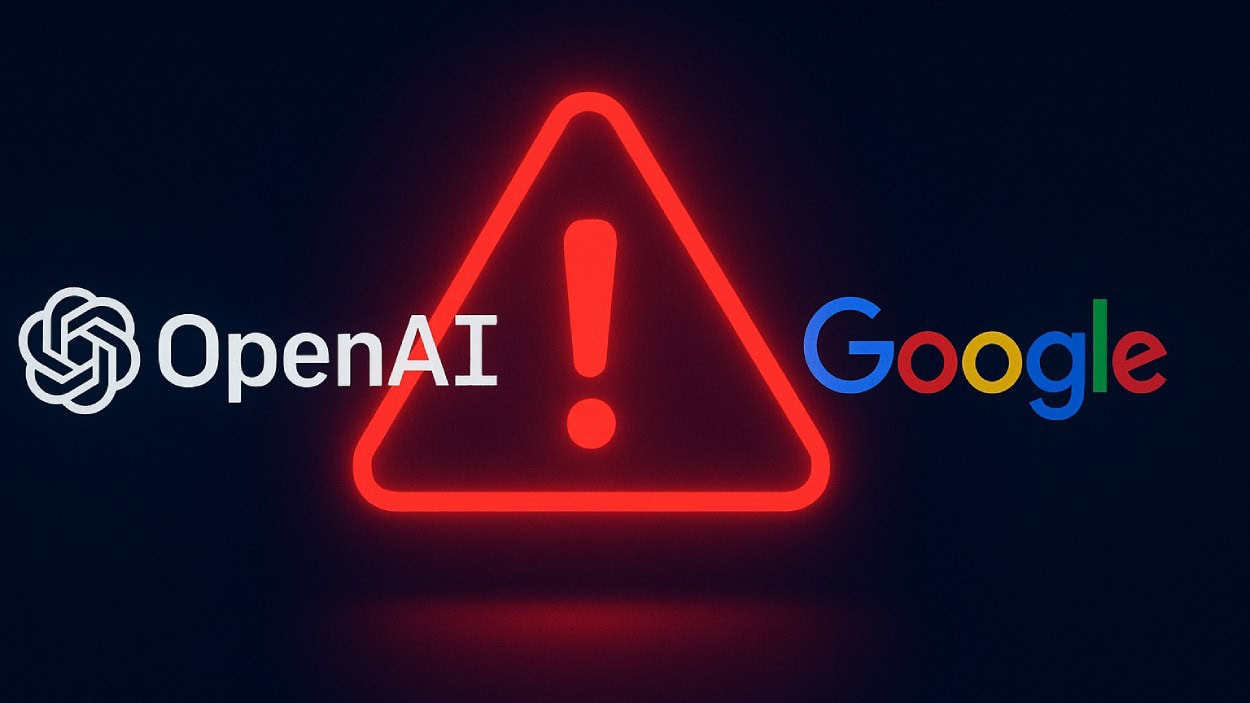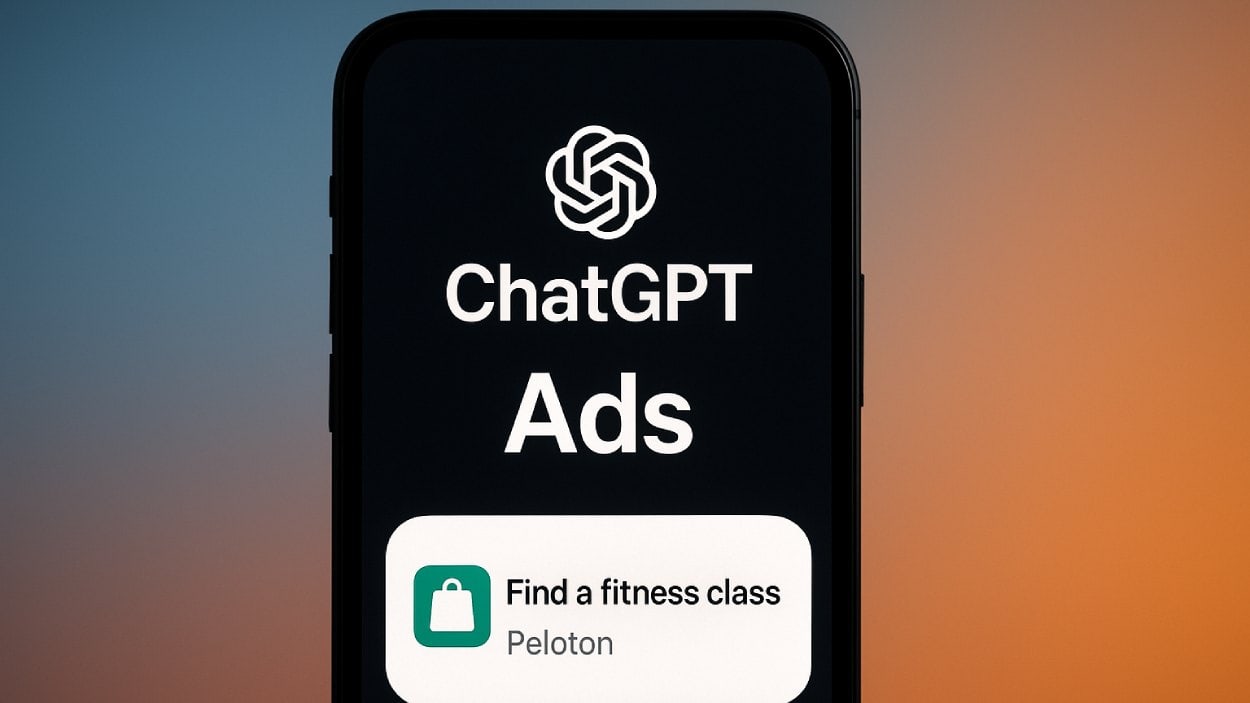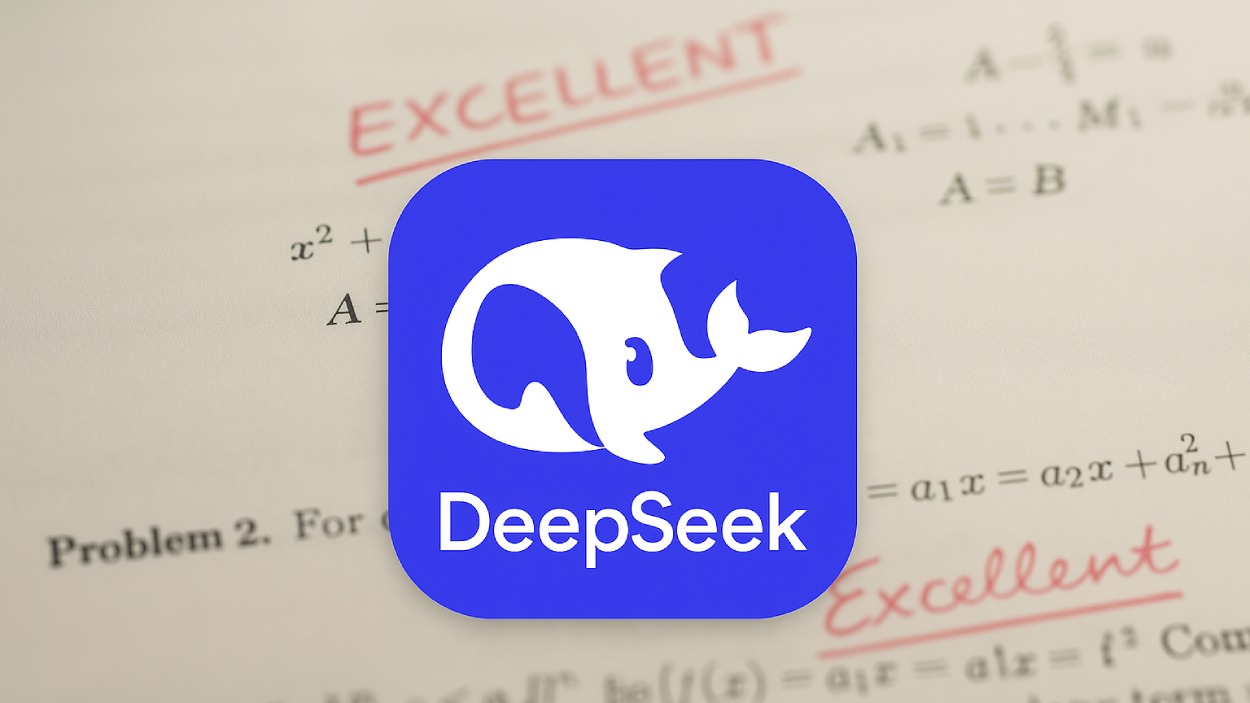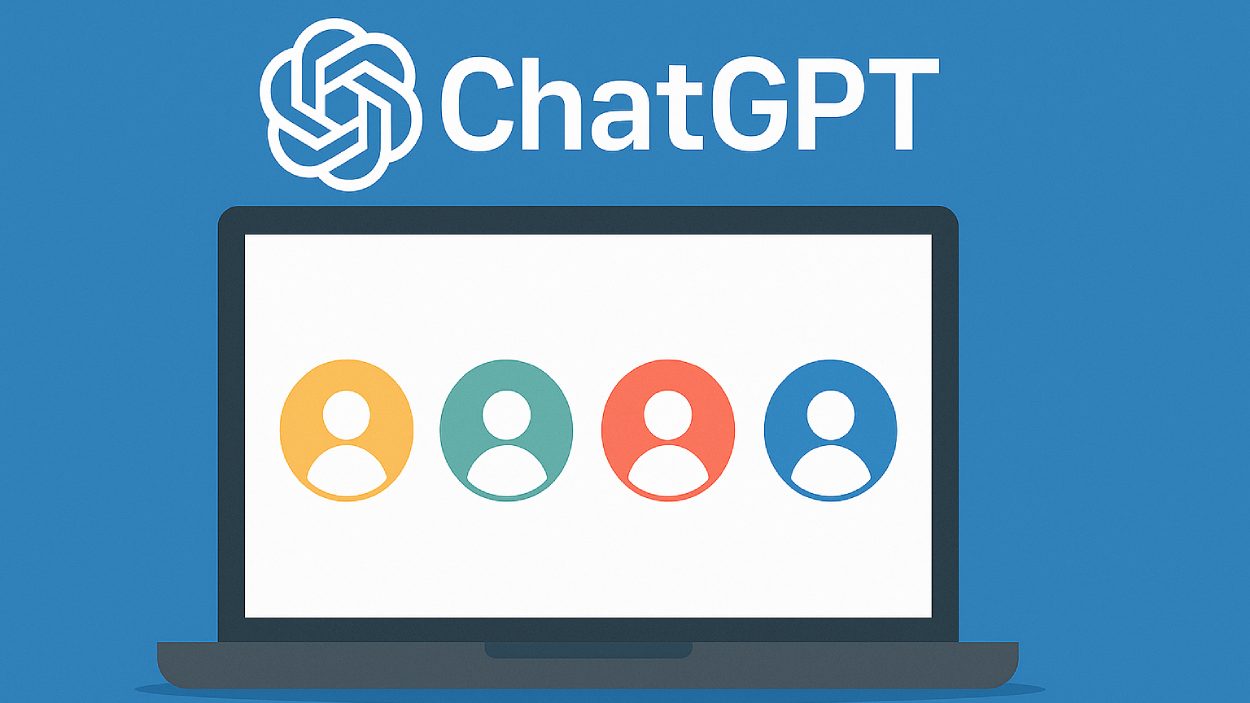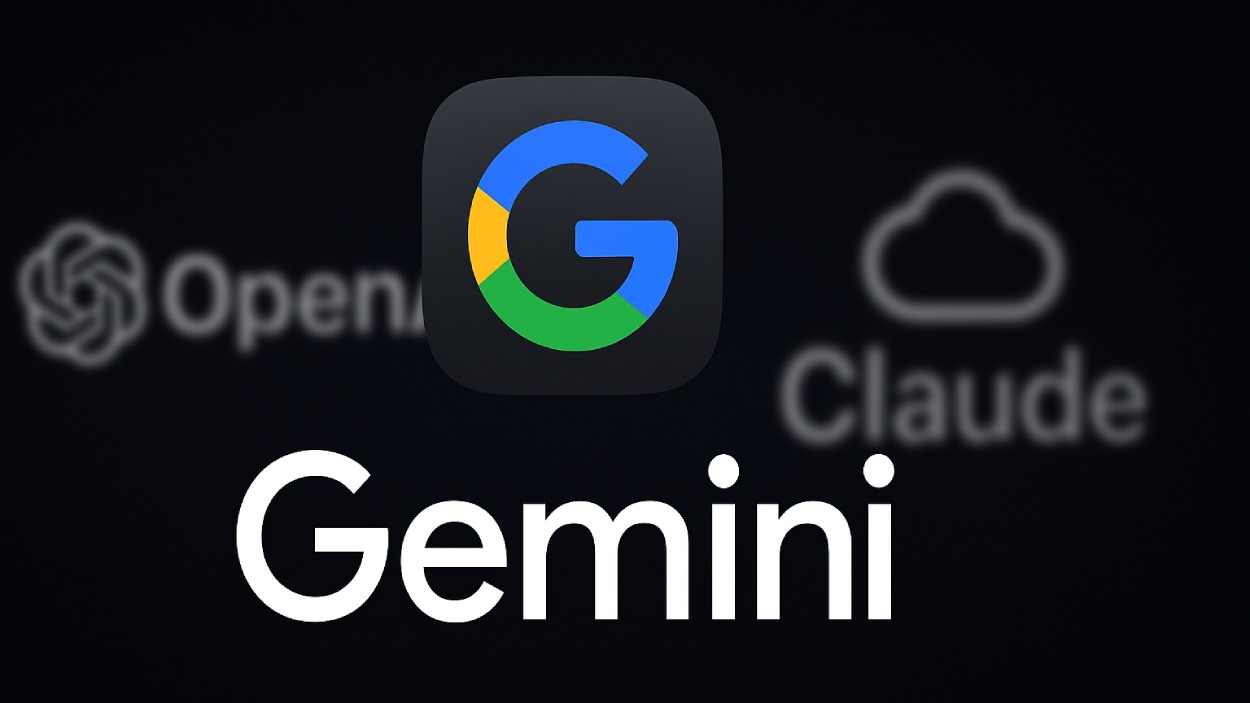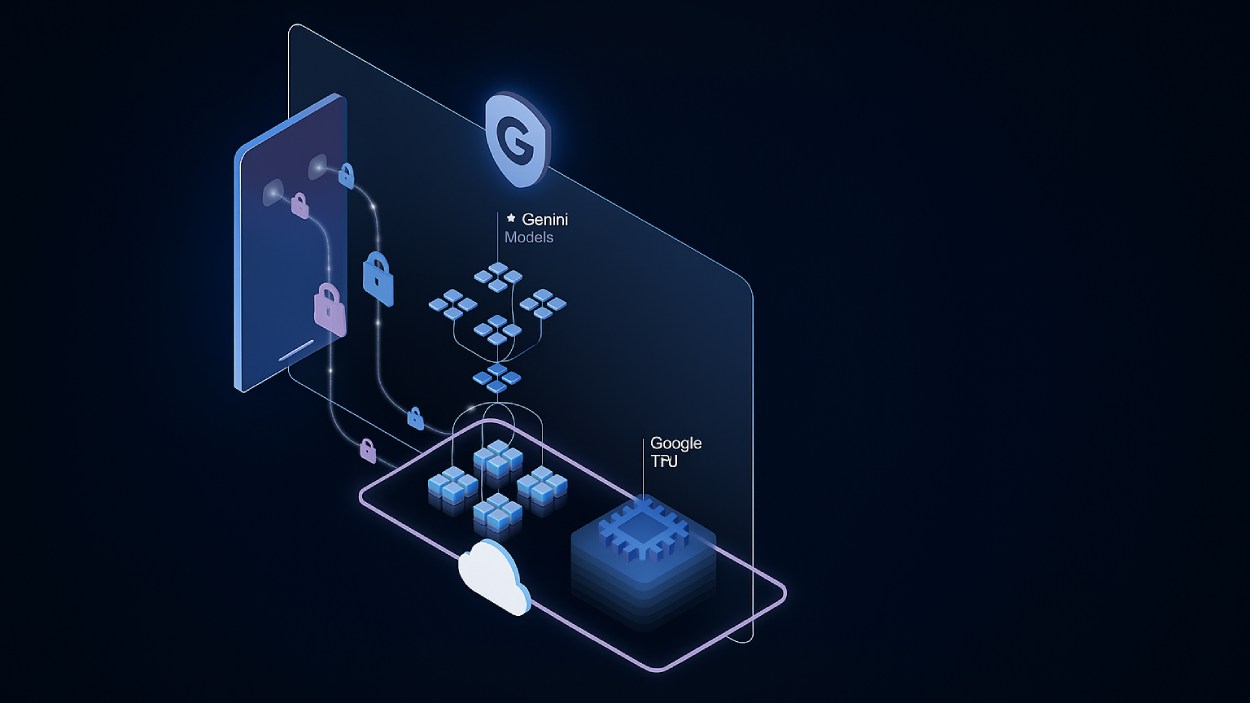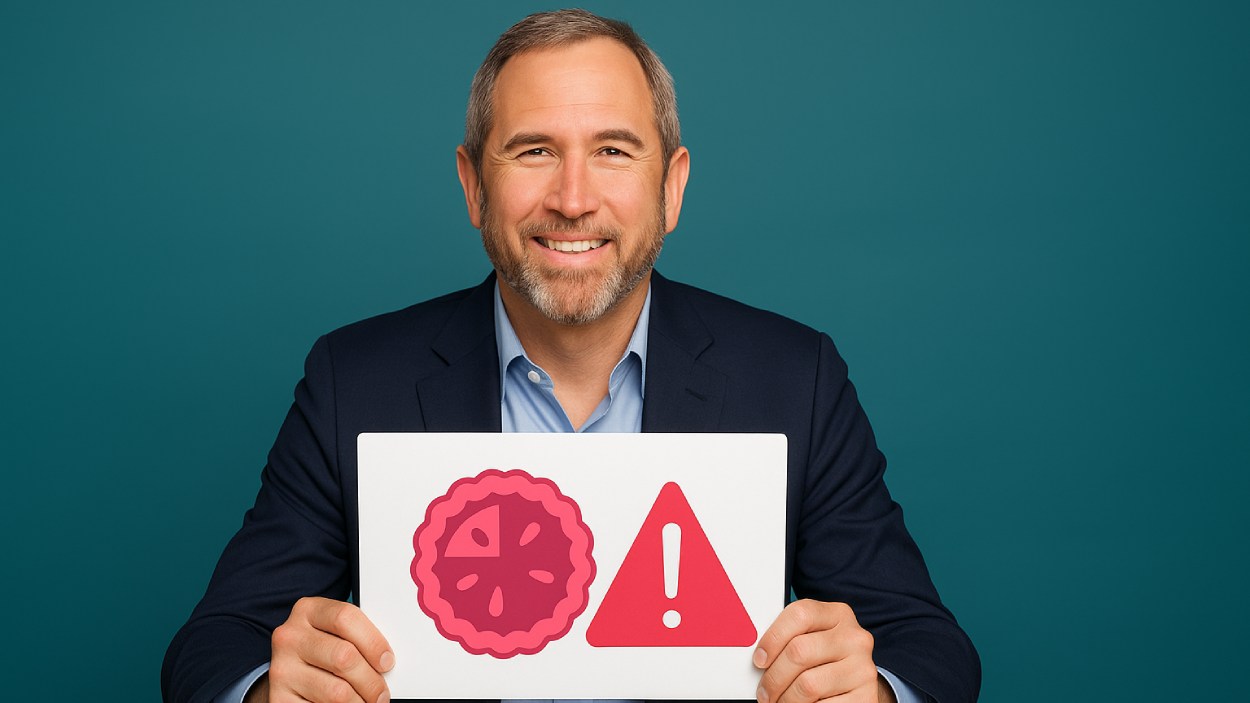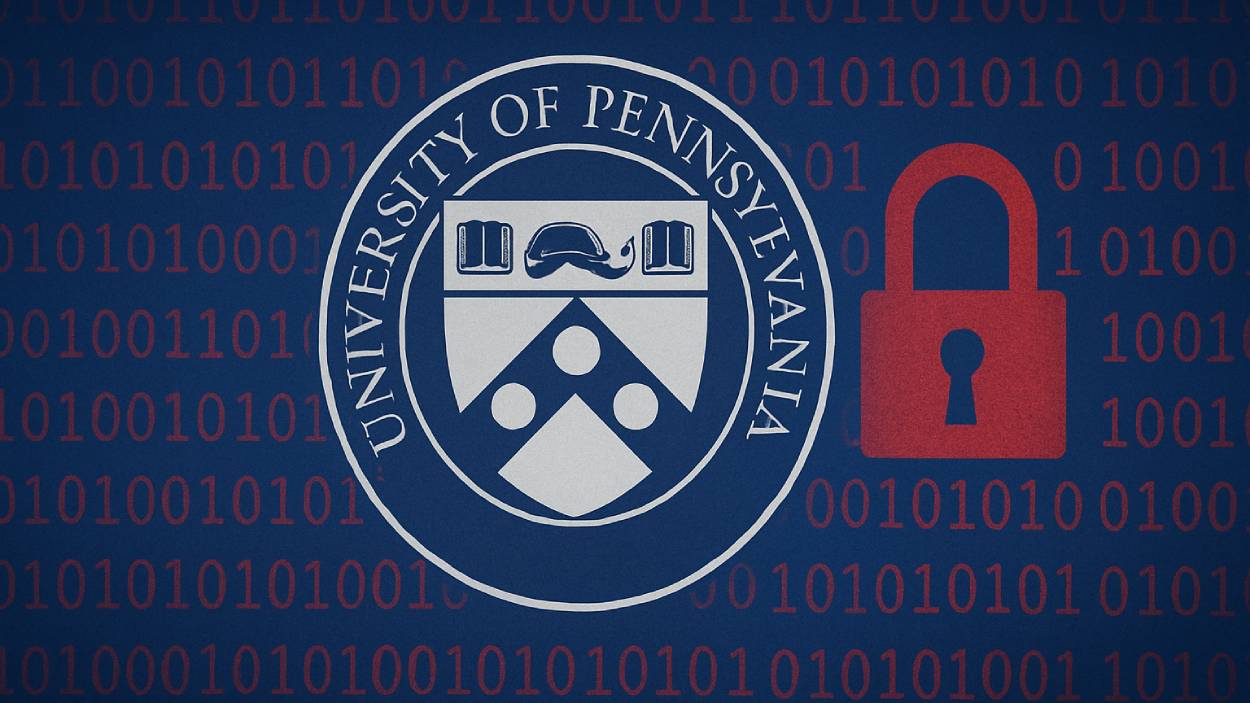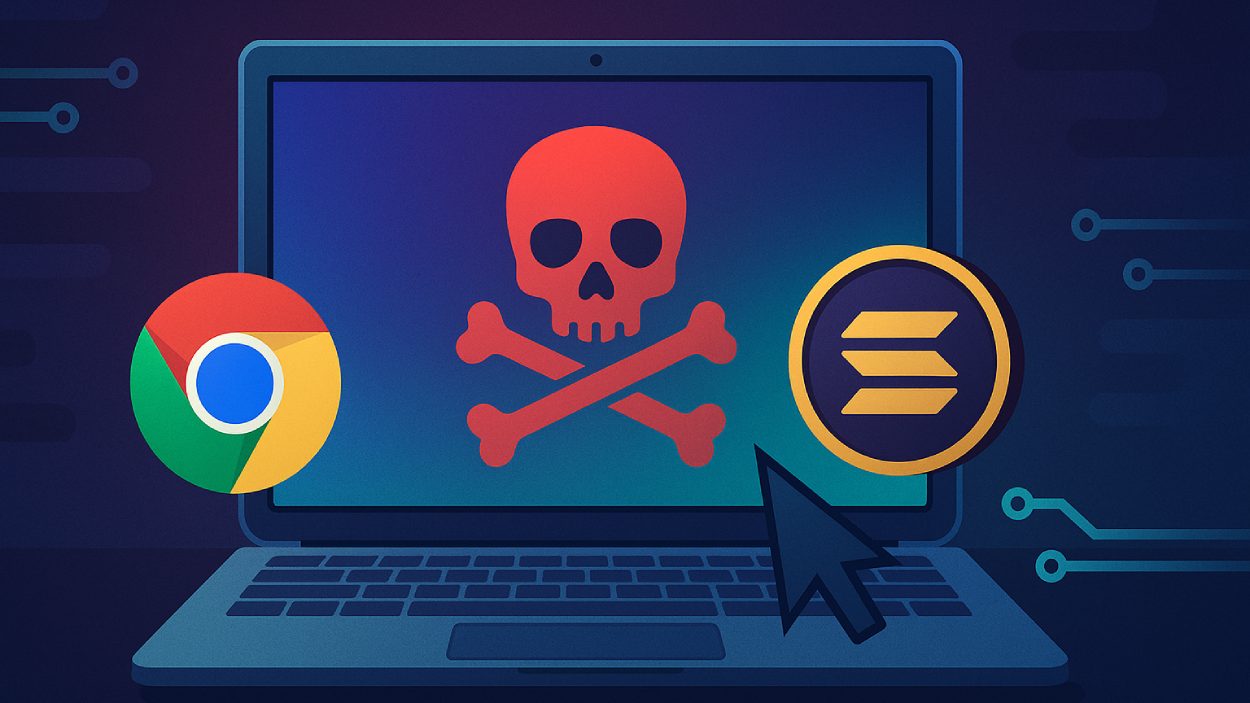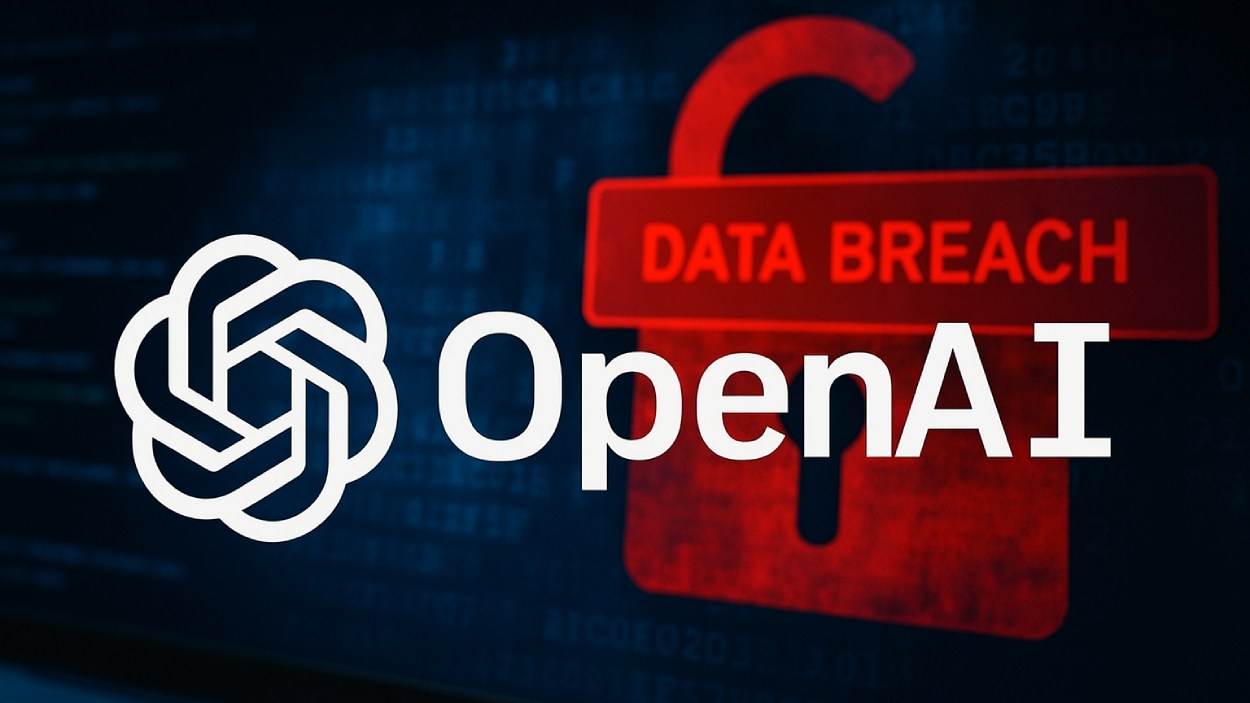When Maya launched her eco-friendly skincare brand in 2018, she had no advertising budget, just a blog, a few how-to guides, and a belief in her product. Five years later, her content reaches over a million monthly readers, driving 80% of her revenue. Her story isn’t unique. In 2025, content marketing has solidified its role as the engine of sustainable growth for businesses of all sizes.
Whether you’re a solo creator or a CMO, understanding the current content marketing landscape is critical. Let’s break down the latest stats to help you benchmark and evolve your strategy for today’s audience.
Editor’s Choice
- 81% of marketers say content marketing is a core business strategy in 2025.
- Companies with a documented content strategy see 33% higher ROI than those without one.
- Video remains the highest-performing format, with 45% of marketers citing it as their top-performing content in 2025.
- AI-generated content is now used by 92% of large marketing teams.
- 58% of consumers say they trust brands more when content is educational rather than promotional.
- The average cost per lead through content marketing has dropped by 19% year-over-year, making it more cost-efficient than paid search.
- 67% of B2B buyers consume at least 5 pieces of content before engaging with a sales rep.
How Marketers Are Using AI in Content Creation
- 62% of marketers use AI to brainstorm new topics, making it the most popular application of generative tools.
- 53% rely on AI to summarize content, streamlining the content repurposing and research process.
- 44% of respondents use AI to write article drafts, accelerating the initial writing phase.
- 41% turn to AI to optimize content, aiming for better SEO, readability, or tone adjustments.
- 38% use AI to write email copy, supporting marketing automation and outreach efforts.
- 34% leverage AI for creating social media posts, enhancing consistency and engagement across platforms.
- 32% use it to outline assignments, aiding content planning and structure.
- Another 32% employ AI to repurpose content, maximizing the value of existing materials.
- 27% utilize AI for proofreading, helping to ensure clarity and grammatical accuracy.
- Only 12% apply AI to analyze data or performance, indicating lower adoption in analytics tasks.
- 10% use AI to create buyer personas, showing emerging use cases in personalization.
- Just 9% rely on AI to create graphics, a less common but growing application.
- A minimal 4% use AI to create videos, likely due to complexity or tooling limits.
- 5% selected Other, indicating niche or varied uses not listed.
- Interestingly, 11% of marketers reported they don’t use AI tools at all in their content workflows.
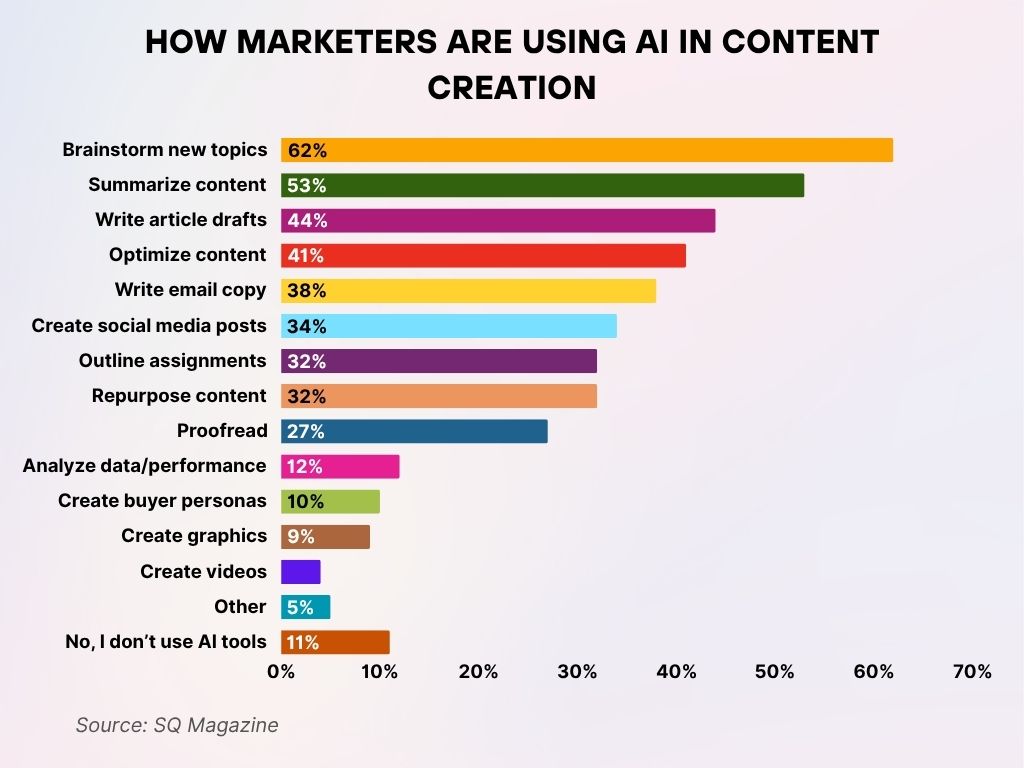
Global Content Marketing Adoption Rates
- As of 2025, 91% of global brands report using content marketing in some form.
- In North America, 94% of marketers incorporate content into their digital strategy.
- The Asia-Pacific region has seen a 13% YoY increase, with 83% of companies now actively investing in content marketing.
- B2B adoption remains high globally at 93%, while B2C adoption trails slightly at 87%.
- Among small businesses, content marketing usage rose to 78% in 2025.
- Companies in emerging markets like Latin America and Southeast Asia saw a double-digit rise in adoption, largely due to mobile-first campaigns.
- Content localization is a rising trend, with 42% of global brands creating region-specific content.
- In Europe, content hub strategies have grown by 38%, reflecting a shift from scattered blogs to centralized resources.
- 60% of non-profits are now using content to drive awareness and donations, an all-time high.
- Enterprise-level adoption (1,000+ employees) stands at 97%, reflecting content’s role in long-term brand building.
ROI and Performance Benchmarks in Content Marketing
- The average ROI for content marketing in 2025 is $7.65 per $1 spent.
- Companies using blogs generate 55% more website traffic and 67% more leads compared to non-blogging peers.
- Brands producing content weekly saw a 3.5x increase in conversions versus monthly publishers.
- 41% of marketers report that content marketing drives more ROI than any other channel, including paid ads and email.
- Interactive content (quizzes, calculators, surveys) yields 2x engagement rates compared to static articles.
- Content repurposing strategies (e.g., turning webinars into blogs) improve ROI by 32% on average.
- Marketers who A/B test headlines and CTAs experience a 22% improvement in lead quality.
- Content lifecycle extensions through updates and refreshes improved organic traffic by 28% in 2025.
- SaaS brands report the highest ROI from content, with a median lead conversion rate of 14%.
- Only 29% of marketers measure ROI effectively, revealing a major gap between performance and tracking systems.
B2B Marketers and Content Strategy
- 43% of B2B marketers have a documented content marketing strategy, highlighting a strong focus on structured planning.
- 36% have a strategy, but it is not documented, indicating informal or ad-hoc approaches.
- 17% do not currently have a strategy, but plan to create one within 12 months, showing a growing adoption trend.
- 4% of marketers have no strategy and no plans to create one, revealing a small but resistant group.
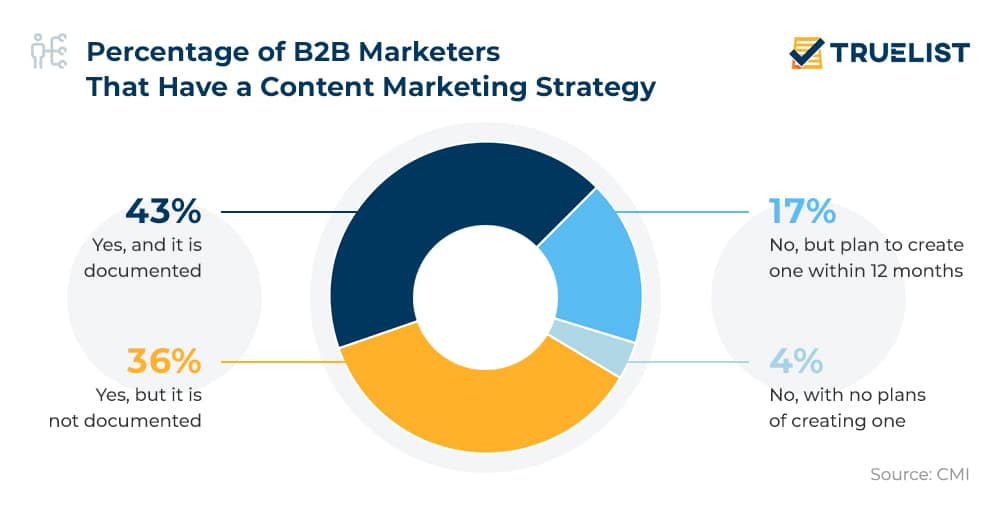
Trends in B2B vs. B2C Content Marketing Strategies
- B2B marketers prioritize educational content, 76% say it’s their highest-performing type.
- B2C brands focus more on emotional storytelling and visual content; video usage is 35% higher than in B2B.
- Thought leadership content drives 57% more engagement in B2B than traditional blogs.
- In B2C, interactive shopping experiences through content have seen a 40% rise in adoption.
- B2B buying cycles are shortening due to streamlined content journeys, average decision time is now 28 days, down from 35.
- B2C marketers report that influencer collaboration has doubled in content ROI over the past year.
- 83% of B2B marketers use LinkedIn as a primary distribution channel versus 46% in B2C.
- Product education videos dominate the B2B middle funnel, accounting for 24% of all engagement.
- B2C brands are more likely to use humor and trend-driven content, with TikTok accounting for 52% of campaign video volume.
- Both sectors cite consistency and scalability as their top operational challenges in 2025.
Influencer and User-Generated Content Statistics
- In 2025, UGC-based campaigns deliver 8.7x higher engagement than brand-created content.
- 59% of Gen Z consumers say they trust influencers over branded content when making purchase decisions.
- Micro-influencers (10K–100K followers) yield the highest ROI, with an average $6.40 return per $1 spent.
- UGC drives 31% more social shares than branded content on platforms like TikTok and Instagram.
- 43% of brands now have dedicated UGC acquisition programs through contests or ambassador groups.
- Brands leveraging influencers on YouTube see an average watch time increase of 38% compared to non-influencer content.
- Live collaborations with influencers generate 54% higher real-time engagement versus pre-recorded posts.
- Influencer-led podcasts are up 19% YoY in listenership, especially in B2C segments like wellness and finance.
- Retail and beauty brands lead UGC investment, accounting for 65% of campaign budgets in the sector.
- AI-generated influencers, such as Lil Miquela, are used by 12% of global brands in niche or tech campaigns.
Top 10 Content Formats That Perform Best
- Video leads the pack with 45%, making it the most effective content format for engagement and performance.
- Short form articles are favored by 31% of marketers, showing the power of concise, digestible content.
- Success stories rank third at 28%, highlighting the impact of real-world results and social proof.
- 24% of marketers report strong performance with long form blog posts, which offer in-depth value and SEO benefits.
- Case studies are preferred by 19%, reflecting the demand for detailed, evidence-based content.
- Webinars and online events follow closely at 18%, signaling growing interest in live, interactive formats.
- Both gated content and infographics are tied at 17%, indicating their shared role in lead generation and visual storytelling.
- White papers account for 14%, valued for their authority and depth in B2B spaces.
- Offline events, while less common, still perform well at 12%, emphasizing the continued value of in-person engagement.
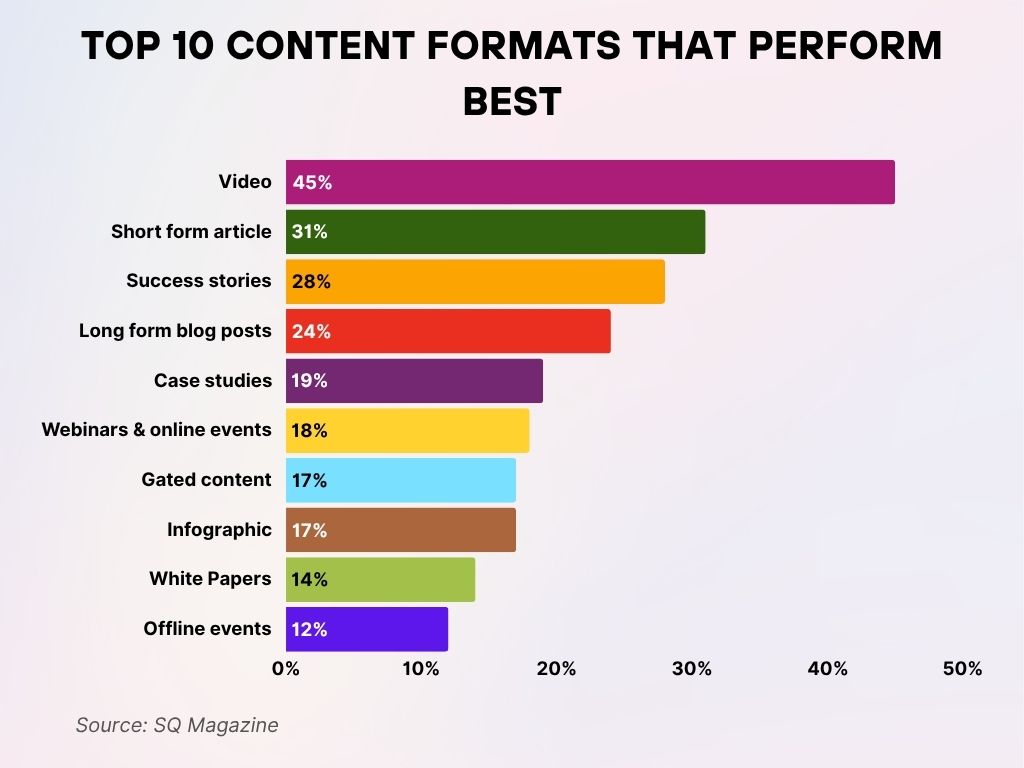
Budget Allocation for Content Marketing
- The average content marketing budget increased to 26% of overall marketing spend in 2025.
- Enterprises spend an average of $12.8 million/year on content marketing initiatives.
- Small businesses now allocate about $43,000 annually, with video production and SEO being the top expenses.
- 65% of brands are reallocating ad spend into owned media, citing long-term cost savings and brand control.
- Budgets for AI tools and software have grown by 46%, now accounting for a significant slice of operational spending.
- 53% of marketers plan to increase content budgets further in 2026, despite economic pressures.
- Employee advocacy programs saw a 31% boost in funding as companies invest in internal content amplification.
- Influencer partnerships now account for 21% of content budgets.
- Content distribution tools (e.g., Outbrain, Taboola) consume 18% of spending on average.
- ROI-focused content audits and refresh programs receive 8% more budget allocation year-over-year.
SEO and Organic Traffic Trends in Content Strategies
- Organic traffic accounts for 62% of all inbound leads in 2025, remaining the top-performing channel.
- Google’s SGE (Search Generative Experience) influenced 40% of SEO strategies this year, pushing marketers to optimize for AI-powered snippets.
- Topical authority frameworks improved search visibility by 33% among brands that implemented them.
- Brands using semantic SEO and NLP structuring saw a 26% increase in click-through rates.
- Zero-click searches now account for 58% of all queries, reshaping how headlines and meta descriptions are crafted.
- Updating old content leads to a 74% spike in traffic, compared to newly published articles, which see slower gains.
- Mobile-first indexing affects 99% of websites, making responsive design non-negotiable.
- Companies publishing 11+ blog posts per month gain 4x more leads than those publishing fewer than four.
- Backlinks from podcasts and YouTube transcripts are now considered high-quality by search engines.
- Page load speed remains a vital factor; sites loading in under 2.5 seconds rank 32% better on average.
Perceived Impact of AI Tools on Content Quality
- 47% of respondents observed a moderate improvement in content quality with the use of AI tools.
- 32% reported a significant improvement, reflecting strong confidence in AI-enhanced content.
- 13% saw no change in quality, indicating neutral outcomes for some users.
- 5% noted a moderate decline in quality, showing a small segment facing challenges.
- 2% were not sure, suggesting uncertainty about AI’s actual contribution.
- Only 1% experienced a significant decline, highlighting minimal negative impact overall.
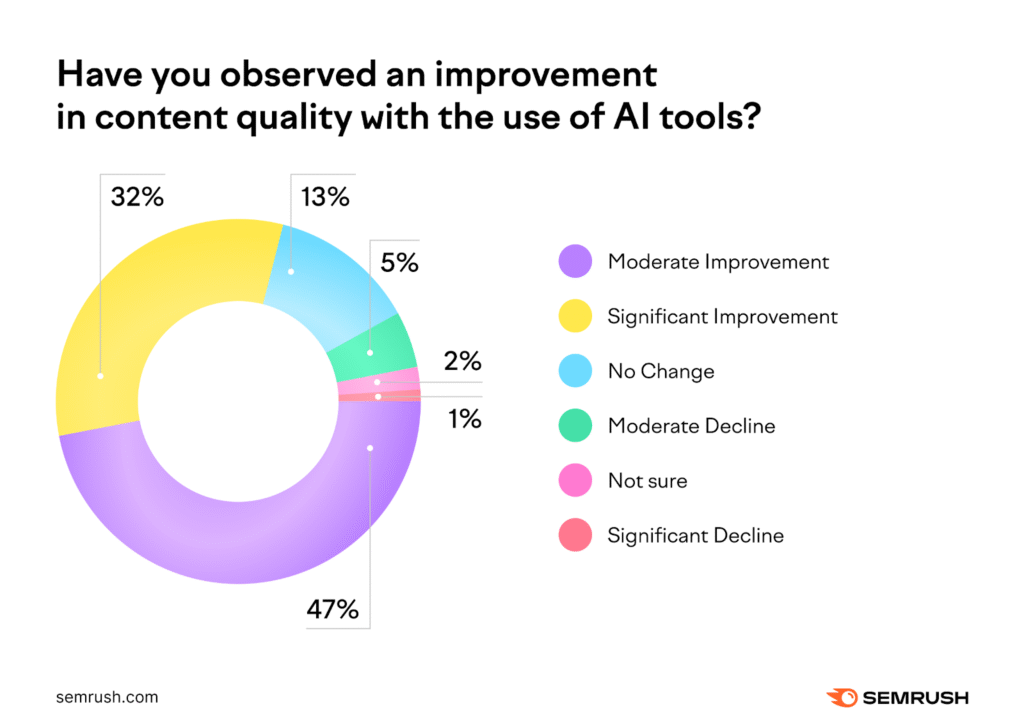
Email Marketing Effectiveness Through Content
- Email continues to outperform with an average ROI of $42 per $1 spent in 2025.
- Personalized content based on user behavior increased click-through rates by 39%.
- Segmented campaigns drive 57% more revenue than non-segmented ones.
- Marketers who use dynamic content blocks report 41% higher engagement rates.
- Email sequences with video thumbnails get 2x higher open rates than text-only ones.
- The Welcome series remains the highest-converting automated flow with a 29% average conversion.
- Mobile-optimized emails are now standard, with 74% of campaigns opened on smartphones.
- AI subject line generators boosted open rates by 17%, especially for e-commerce brands.
- Email list cleaning every 6 months reduced bounce rates by 25% across industries.
- B2B email newsletters see average click-through rates of 11.6%, compared to 8.4% in B2C.
Video and Podcast Content Engagement
- In 2025, video content drives 71% of all online traffic, making it the most consumed format across digital platforms.
- Podcast listenership in the US surpassed 106 million monthly users, a 14% increase from last year.
- Vertical video formats (like YouTube Shorts and Instagram Reels) boast 1.8x higher completion rates than horizontal videos.
- Podcast ads deliver a 28% higher recall rate than display or video ads, especially in B2B sectors.
- Live video events on platforms like LinkedIn Live and YouTube Live see 35% more engagement than pre-recorded webinars.
- Video content embedded in emails increases click-through rates by 21%, particularly in SaaS and ecommerce.
- Educational “how-to” videos dominate YouTube’s B2B search traffic, accounting for 62% of total watch hours.
- Podcasts with transcripts and show notes rank 48% better on organic search than those without an SEO-friendly structure.
- Average podcast episode length has shortened to 27 minutes, aligning with listener multitasking habits.
- 360-degree and interactive videos are gaining ground, with a 43% year-over-year usage increase in product marketing.
Most Popular Social Media Platforms Among Content Marketers
- 43% of content marketers use X/Twitter, making it the most commonly used platform for marketing efforts.
- 42% prefer Facebook, showing it remains a top choice despite shifting trends.
- 35% leverage LinkedIn, tapping into its professional and B2B-focused audience.
- 34% use YouTube, capitalizing on the power of video content for engagement.
- 22% utilize TikTok, reflecting its growing influence, especially among younger demographics.
- 21% engage through Instagram, still valued for visual storytelling and brand aesthetics.
- Only 3% of marketers use Tumblr, indicating its steep decline in mainstream content marketing.
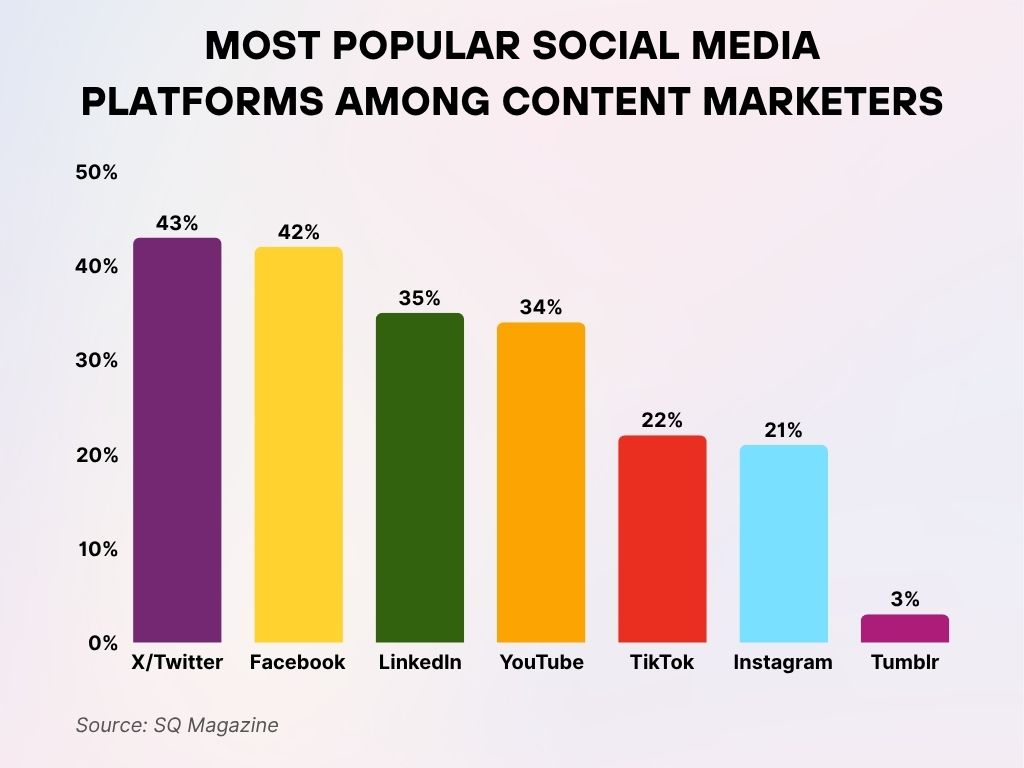
Challenges Faced by Content Marketers Today
- 42% of marketers cite content oversaturation as the top challenge in 2025.
- Producing consistently high-quality content remains difficult, with 37% reporting content fatigue among teams.
- Tracking content ROI is still a hurdle, only 29% have reliable attribution systems in place.
- The need for cross-functional alignment between content, product, and sales teams rose as a key bottleneck for 31% of organizations.
- Audience attention spans continue to shrink, with 56% of users bouncing after 15 seconds on poorly structured pages.
- Generative AI content quality is a concern for 46%, especially in highly regulated industries.
- Content reuse and refresh cycles are mismanaged by 33% of companies, leading to underperforming asset libraries.
- Privacy regulations (such as GDPR and CCPA) complicate personalization, noted by 22% of marketers as a constraint.
- Budget justification remains tough, 1 in 4 marketers struggle to secure adequate funding despite performance gains.
- A rising challenge in 2025: misinformation, with 17% of brands encountering reputational risk due to unverified AI-assisted content.
Content Personalization and Consumer Behavior
- 73% of consumers expect personalized content experiences across web, email, and social channels.
- Companies using real-time behavioral data for personalization report 45% higher conversion rates.
- Dynamic content blocks tailored to user intent lifted engagement by 36% in ecommerce emails.
- Retailers using first-party data to personalize product recommendations report 3x higher order values.
- Geotargeted content for mobile users improved foot traffic by 22% among local businesses.
- Netflix-style content hubs (customized interfaces) have been adopted by 19% of enterprise B2C brands.
- Personalized landing pages convert 2.5x better than generic ones, especially in SaaS and finance.
- AI-driven buyer journey mapping saw a 27% increase in deployment across large B2B organizations.
- 58% of millennials say they’ll unsubscribe from a brand’s content if it feels irrelevant or too generic.
- Despite growing demand, only 39% of marketers feel confident in their ability to scale personalization.
Top Distribution Channels Used by B2B Marketers
- 89% of B2B marketers used organic social media as their top content distribution channel.
- 84% relied on blogs, highlighting their continued relevance for thought leadership and SEO.
- 71% used email newsletters to nurture leads and maintain engagement.
- 63% distributed content via other email formats, such as drip campaigns and promos.
- Both in-person events and webinars were utilized by 55% of marketers, indicating a strong interest in interactive experiences.
- 40% engaged audiences through digital events, a growing format in hybrid strategies.
- 27% used podcasts, showing a rising interest in audio content.
- 26% of marketers leveraged microsites as dedicated campaign hubs or product showcases.
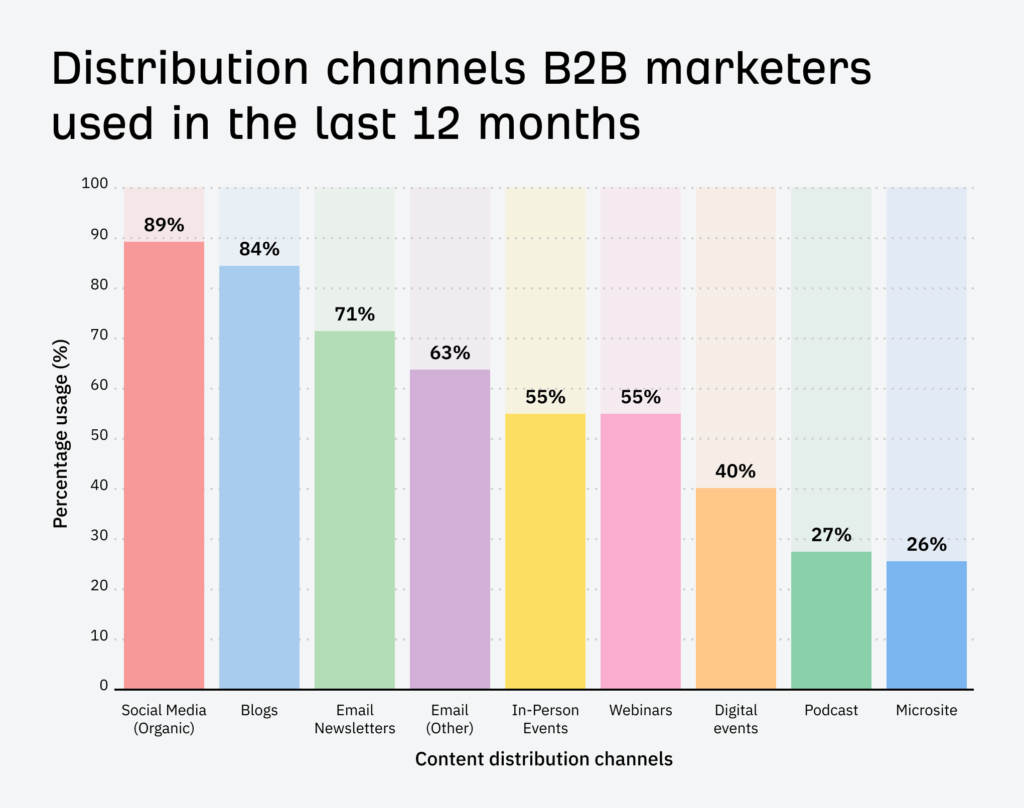
Metrics Used to Measure Content Success
- Engagement rates (likes, comments, shares) remain the top metric for 64% of content teams.
- Conversion rate per content piece is the primary KPI for 38% of B2B marketers.
- Time on page improved as a quality signal, with content pieces above 2 minutes averaging 3x more conversions.
- Scroll depth tracking became a standard analytics layer, used by 47% of marketers to assess content depth performance.
- Attribution modeling is adopted by 42% of brands to connect content touchpoints with pipeline influence.
- Content velocity (pieces published per month) is used by 33% to benchmark productivity.
- Return visitor rate is monitored by 51% of content teams to gauge loyalty.
- SEO performance metrics such as keyword movement and click-through rate are prioritized by 66%.
- Lead quality over lead volume is the focus for 48% of high-performing B2B content marketers.
- Content influence on closed deals is tracked by 29% using CRM and marketing automation integrations.
Mobile Content Consumption Patterns
- 72% of all content is now consumed on mobile devices.
- Mobile-first design frameworks are adopted by 91% of digital content teams.
- Voice search content optimization is up 38% year-over-year, especially for FAQ-style content.
- Mobile video content averages 58 seconds, with completion rates highest in the 30–45 second range.
- AMP (Accelerated Mobile Pages) usage dropped to 19%, as Google de-emphasizes it in rankings.
- Dark mode compatibility has become a UI standard, influencing 31% of mobile content redesigns.
- Mobile site speed improvements led to a 24% bounce rate reduction across e-commerce platforms.
- Push notifications with embedded content previews generate 2x higher open rates than text-only alerts.
- Mobile user behavior heatmaps are used by 44% of marketers for content UX optimization.
- Location-based content delivered via mobile apps saw a 26% increase in conversions, especially in travel and hospitality.
Content Marketing by Industry Breakdown
- Tech companies lead content investment, with 33% of their marketing budgets going to content in 2025.
- Healthcare content marketing has grown 28% YoY, focusing on telehealth and wellness education.
- Financial services firms are producing 41% more video explainers, targeting Gen Z and millennial investors.
- Retail and e-commerce brands invest heavily in influencer and UGC strategies, accounting for over 60% of campaign formats.
- Education providers use podcasts and webinar series to attract remote learners and career switchers.
- SaaS companies focus on lead-generating content such as ebooks, whitepapers, and gated templates.
- Hospitality brands prioritize mobile-first content and 3D visual tours, especially for bookings and property showcases.
- Government and public sector organizations have increased their content outputs by 39%, especially on crisis communication and civic education.
- Nonprofits use storytelling video campaigns to boost donations, with a 22% rise in social engagement.
- Legal and consulting firms are creating thought leadership blogs and leveraging SEO to gain inbound clients.
Recent Developments in Content Marketing
- Google’s AI Overviews have reshaped SEO strategies, with top-performing brands prioritizing expert-driven content.
- The use of AI in content performance forecasting grew by 48%, enabling predictive insights for campaign planning.
- Synthetic voice and deepfake video tools have entered content creation workflows, requiring new brand safety protocols.
- LinkedIn’s collaborative articles feature drove 4.2x higher engagement for participating thought leaders.
- Zero-click platforms (TikTok, Instagram, SGE) now dominate discovery journeys for 52% of digital users.
- Data-driven storytelling using interactive graphs, dashboards, and no-code tools became mainstream in B2B.
- Content governance frameworks are implemented by 36% of enterprises to manage brand safety and compliance.
- AI co-pilots for content planning are used by 41% of agencies, boosting pitch-to-production speed.
- Ethical AI use in content creation has become a competitive differentiator, with 29% of consumers reporting more trust in transparent brands.
- The shift toward content as a product, where resources like content hubs and learning academies generate revenue directly, is gaining traction across industries.
Conclusion
The content marketing ecosystem in 2025 is defined by precision, personalization, and performance. Marketers aren’t just creating content, they’re building ecosystems that educate, entertain, and convert. From AI-powered workflows to influencer collaborations, content continues to evolve as the cornerstone of modern brand strategy.
Whether you’re a growing startup or a Fortune 500 enterprise, success in 2025 means mastering both the art and the science of content. Invest in data, embrace agility, and, most importantly, create content that matters to your audience.




